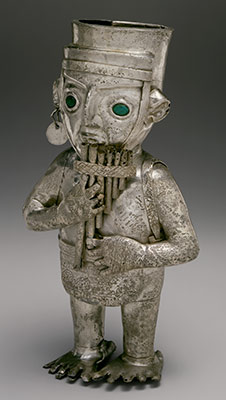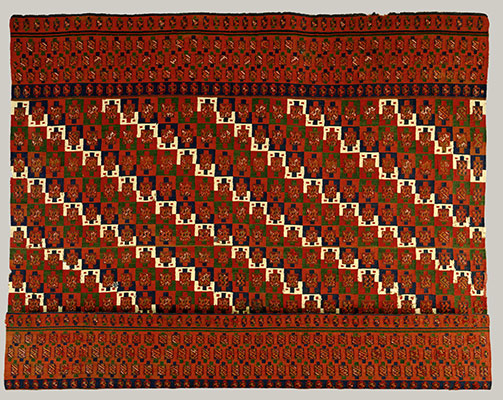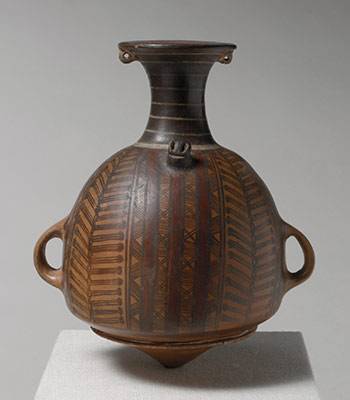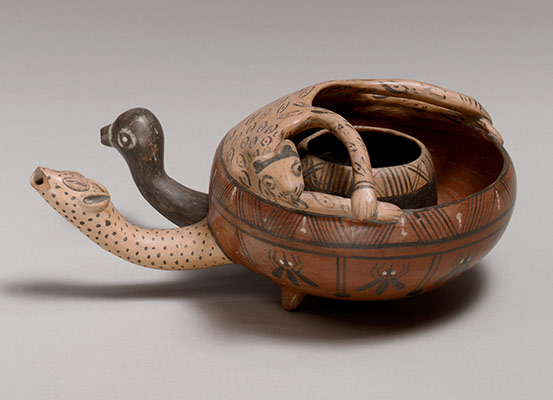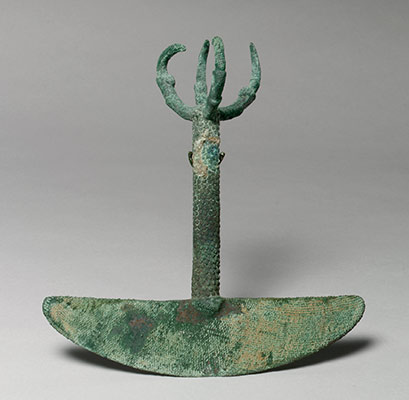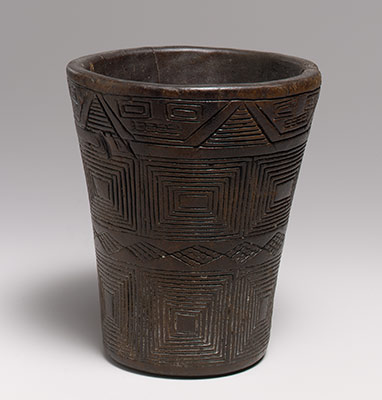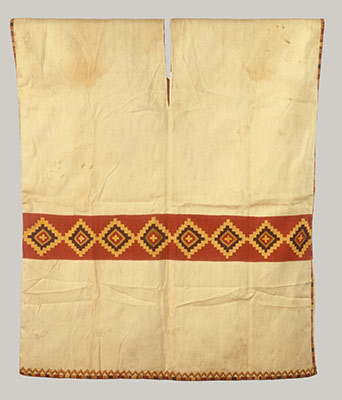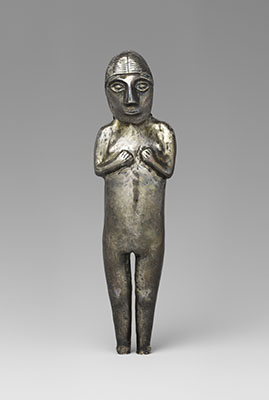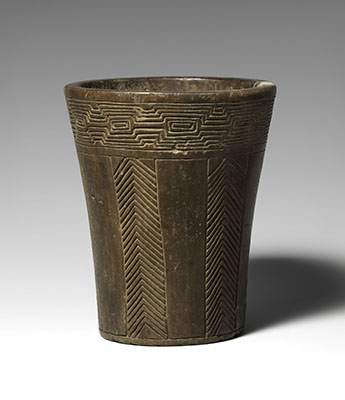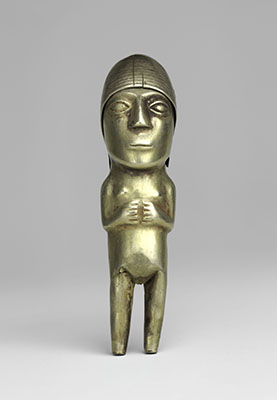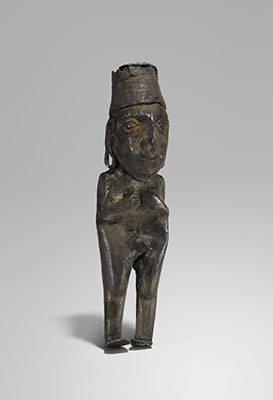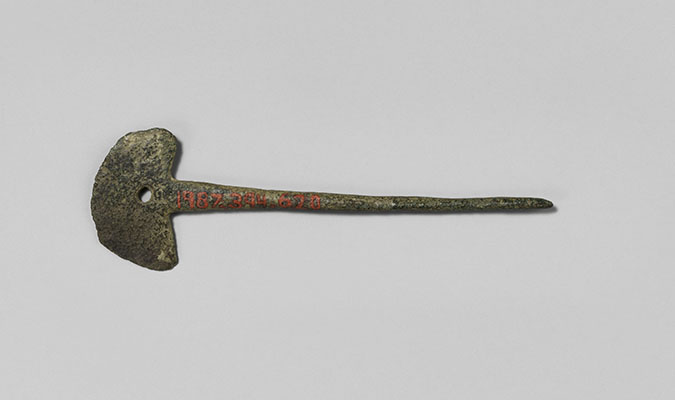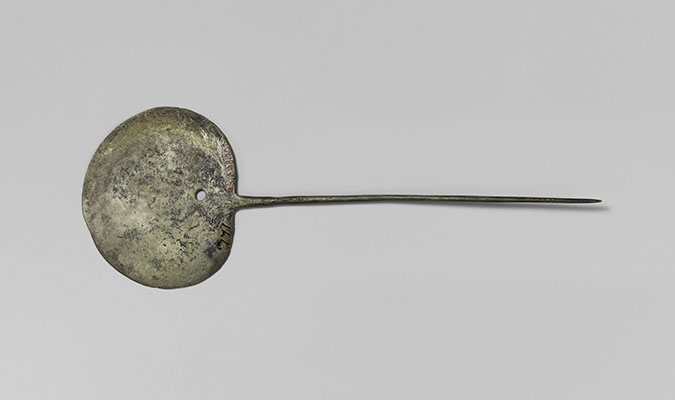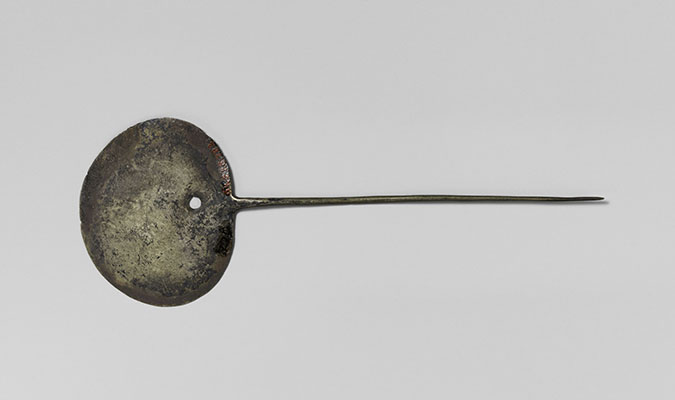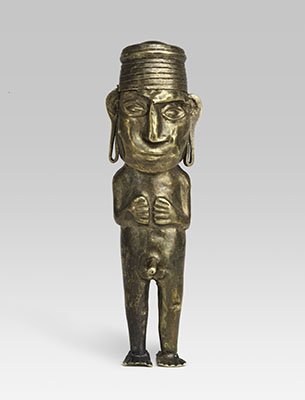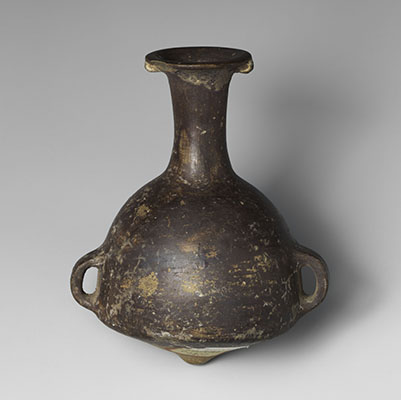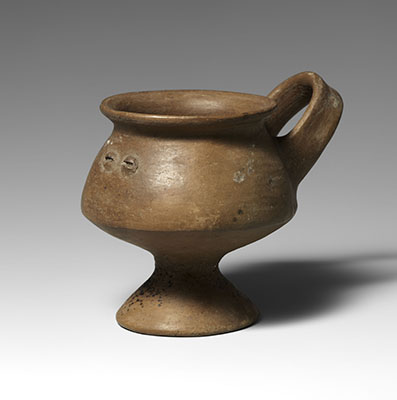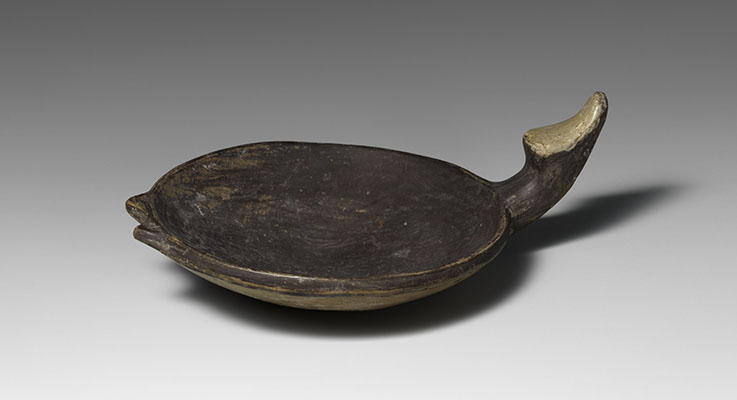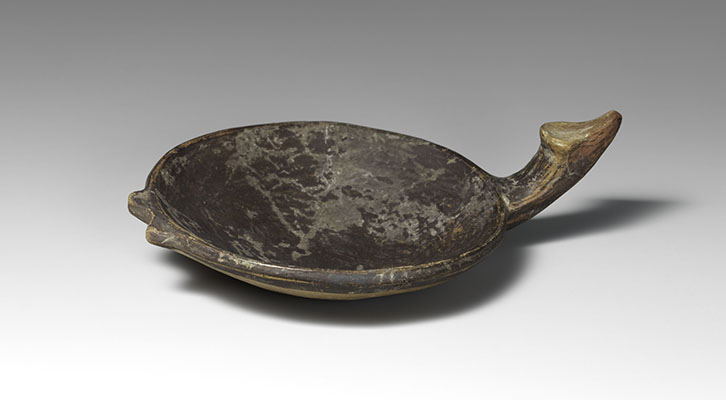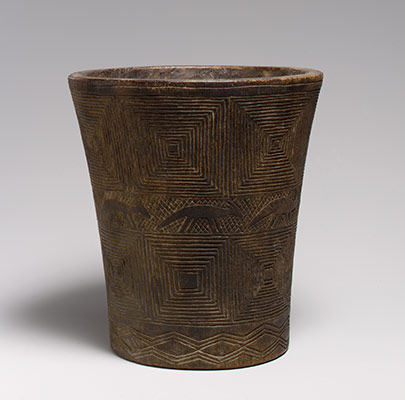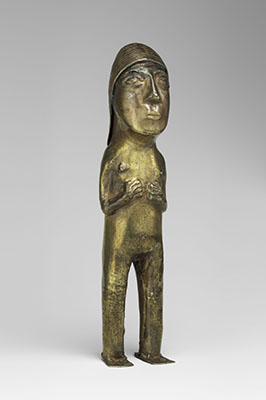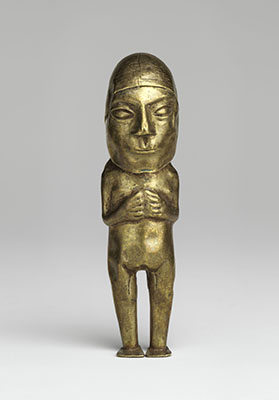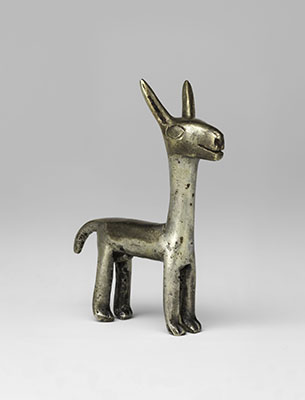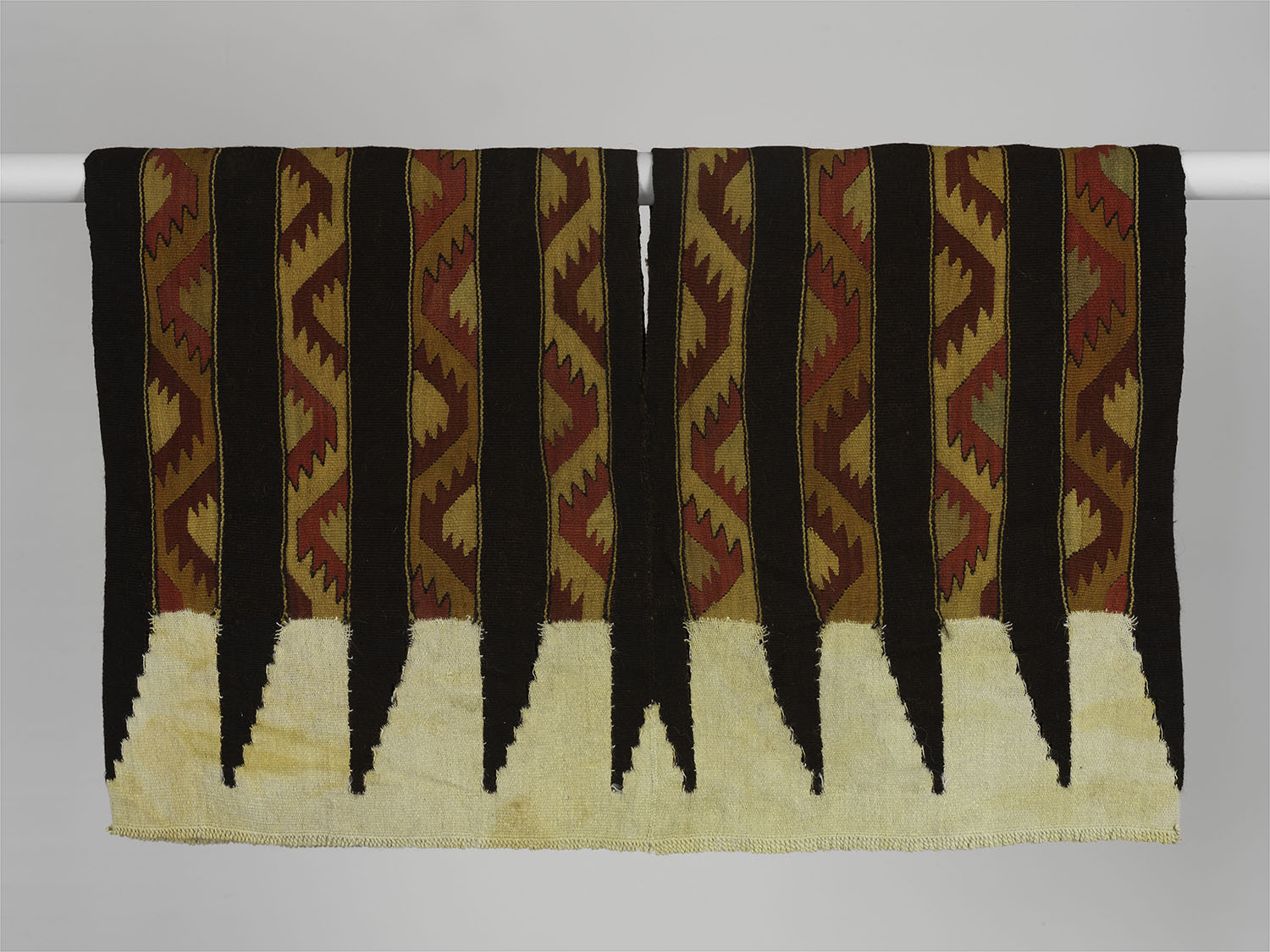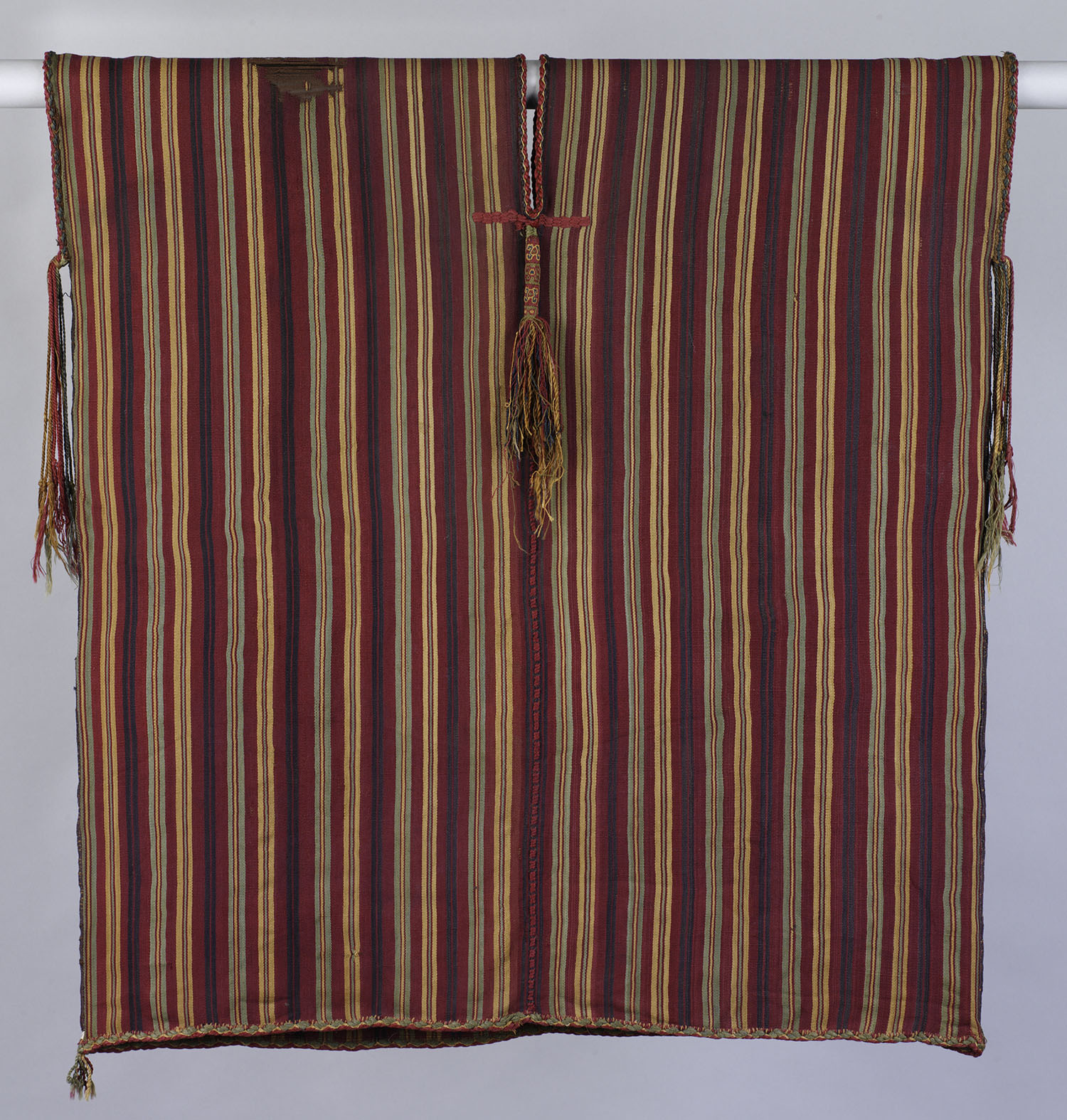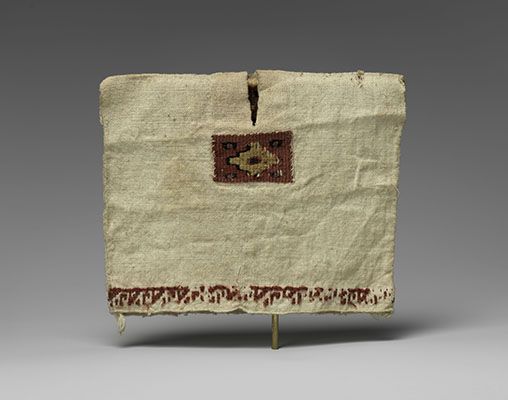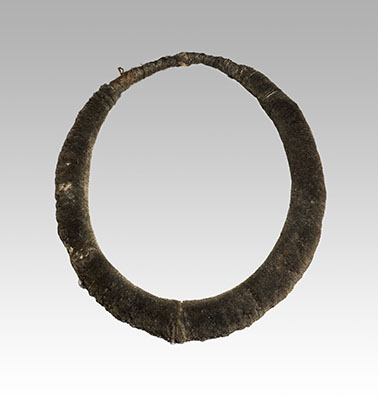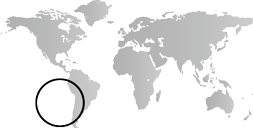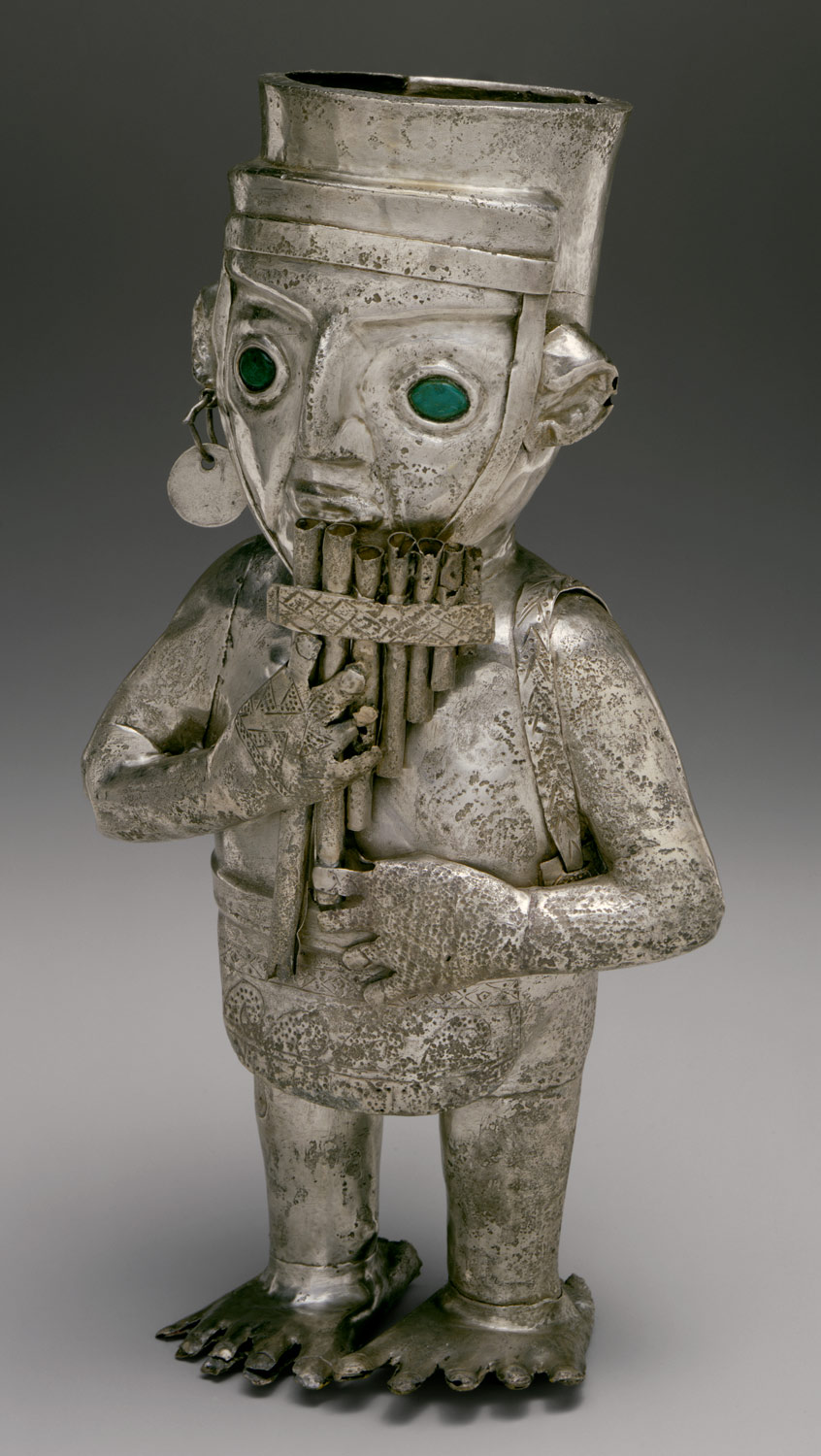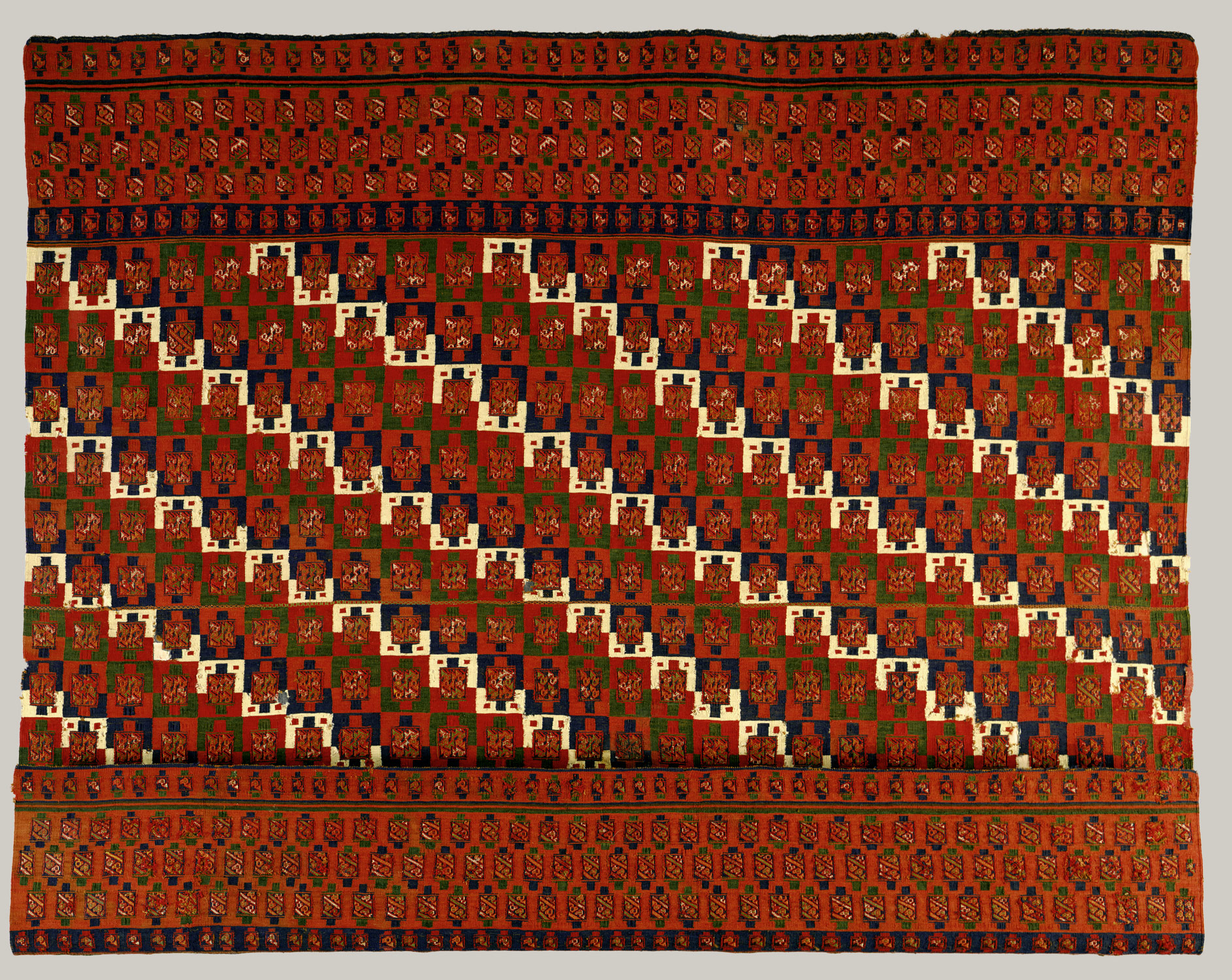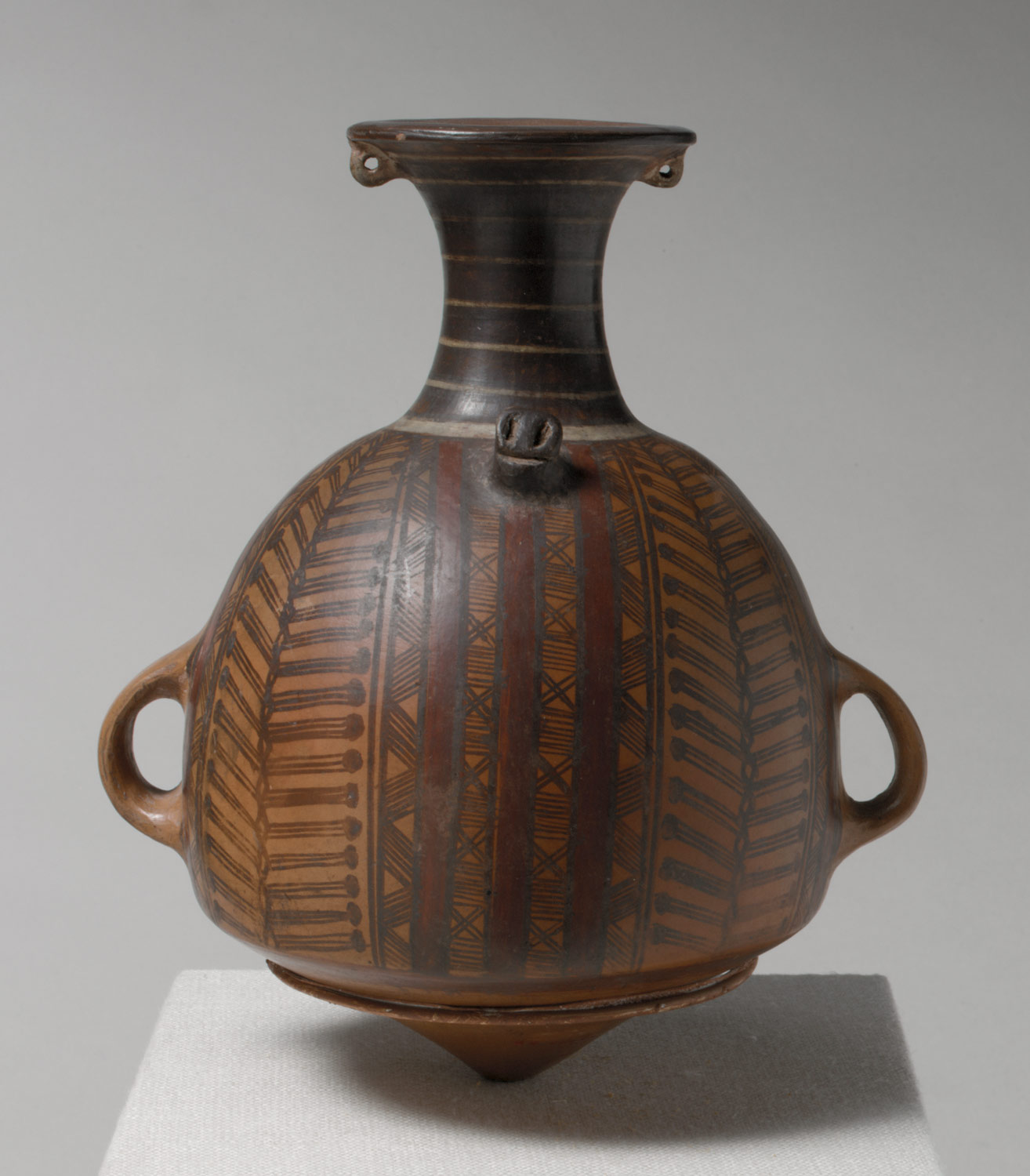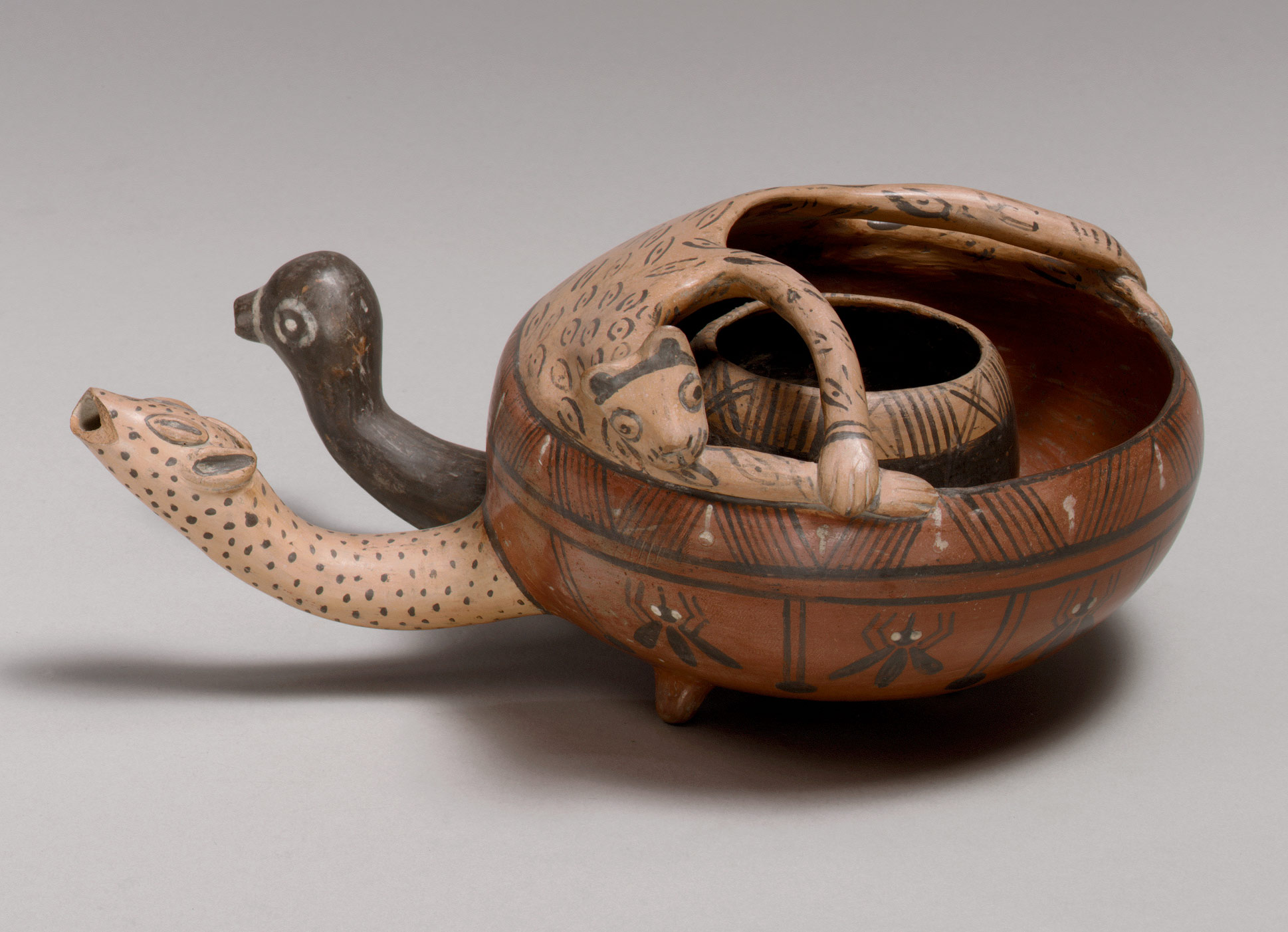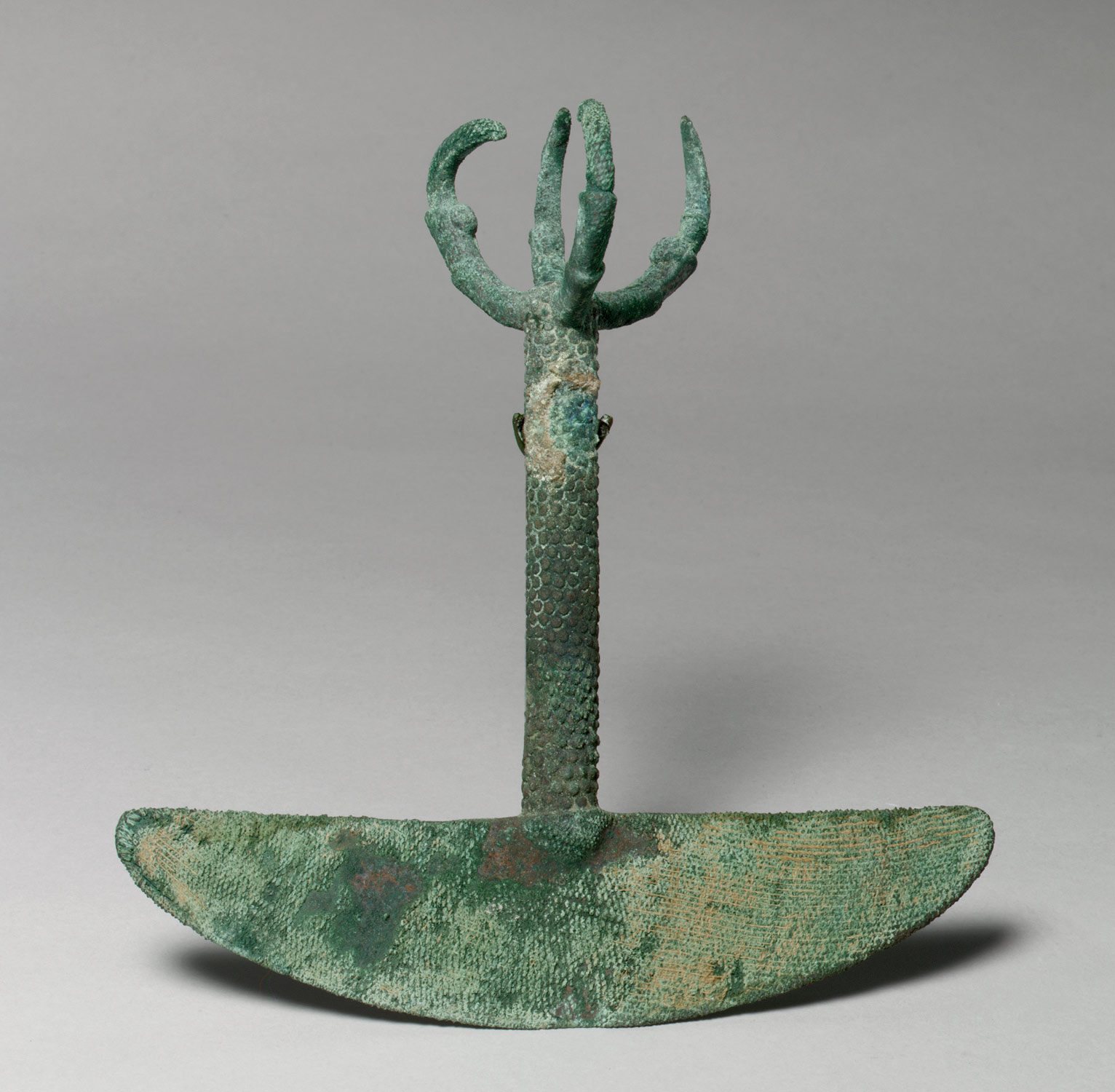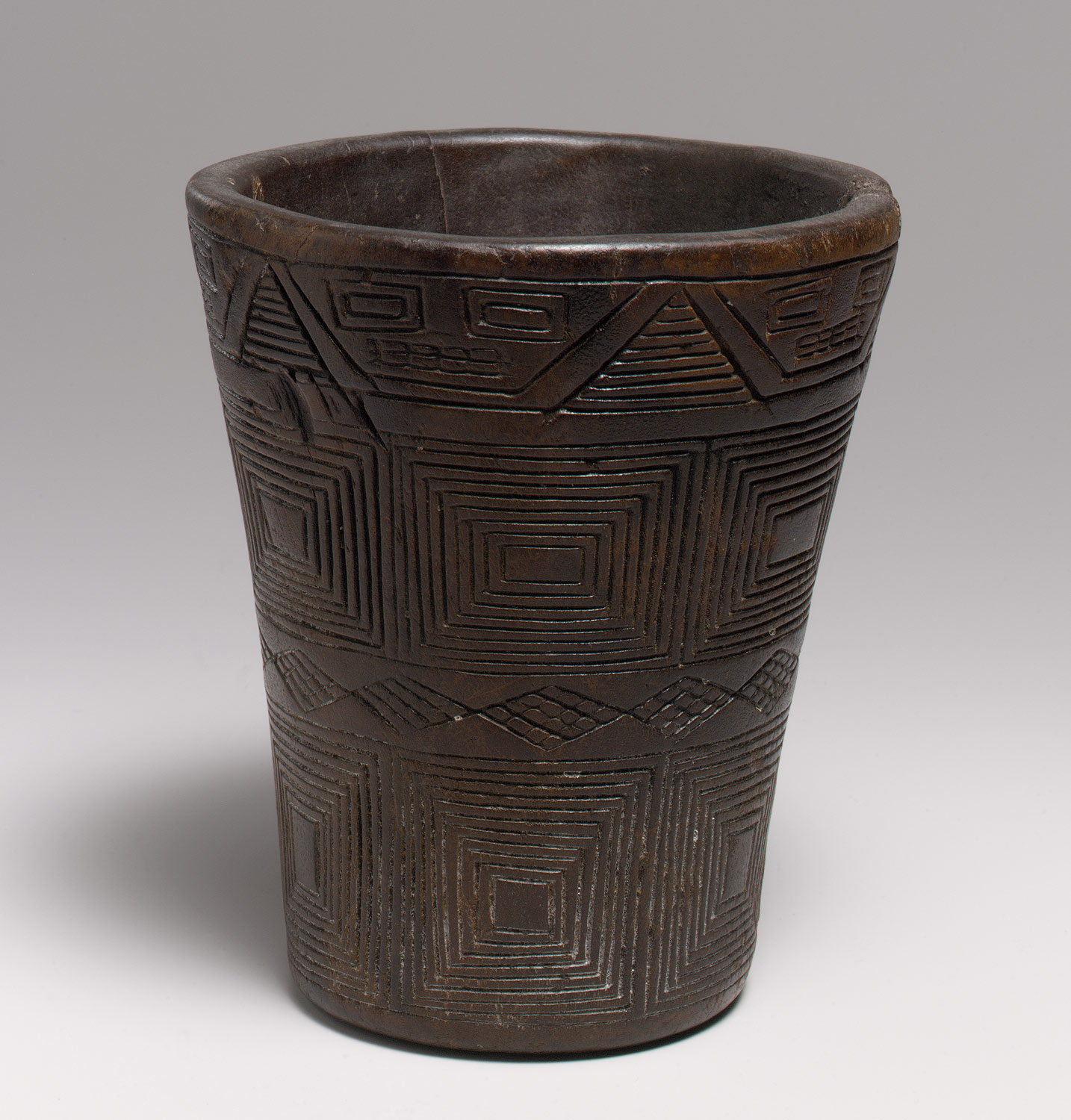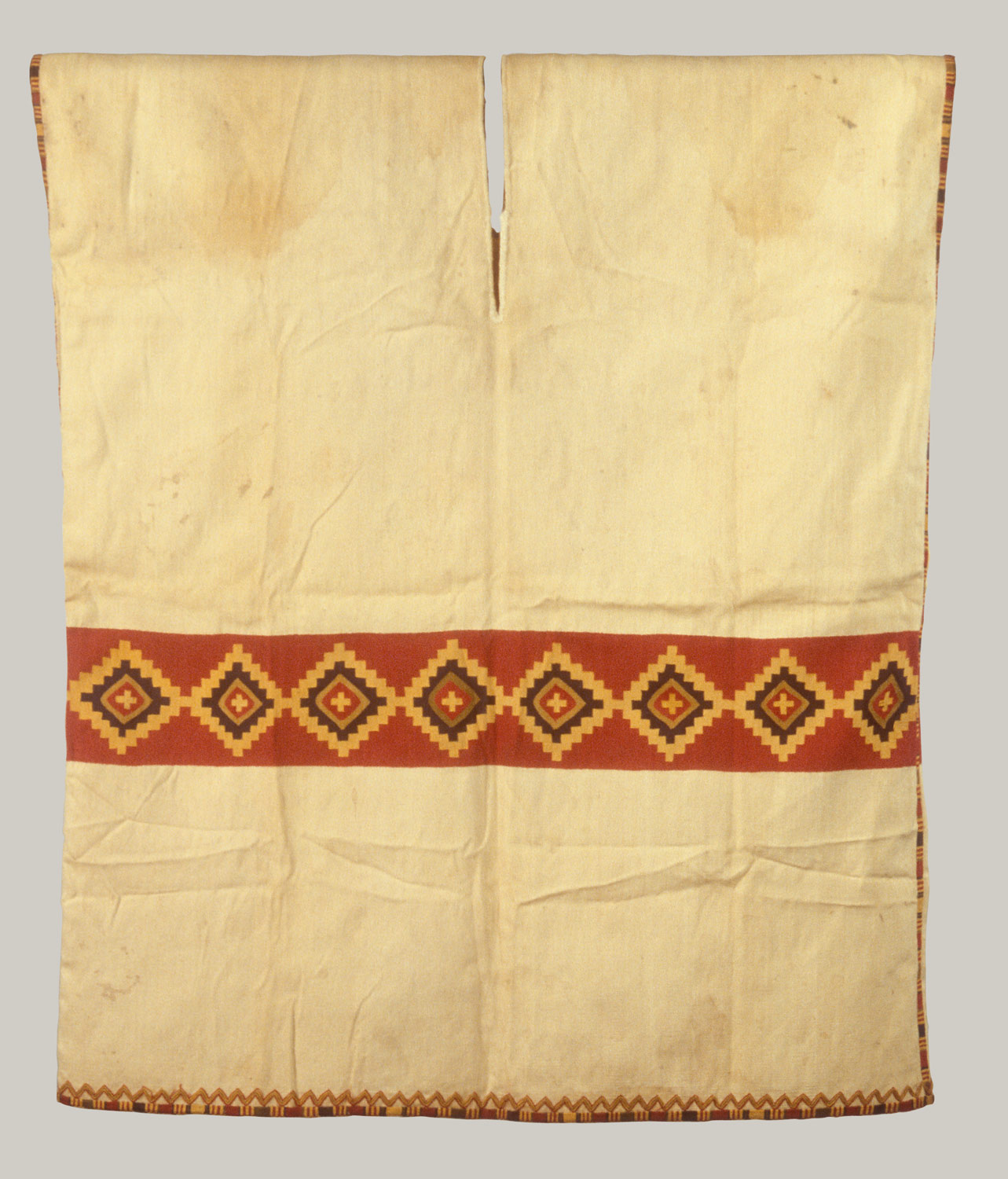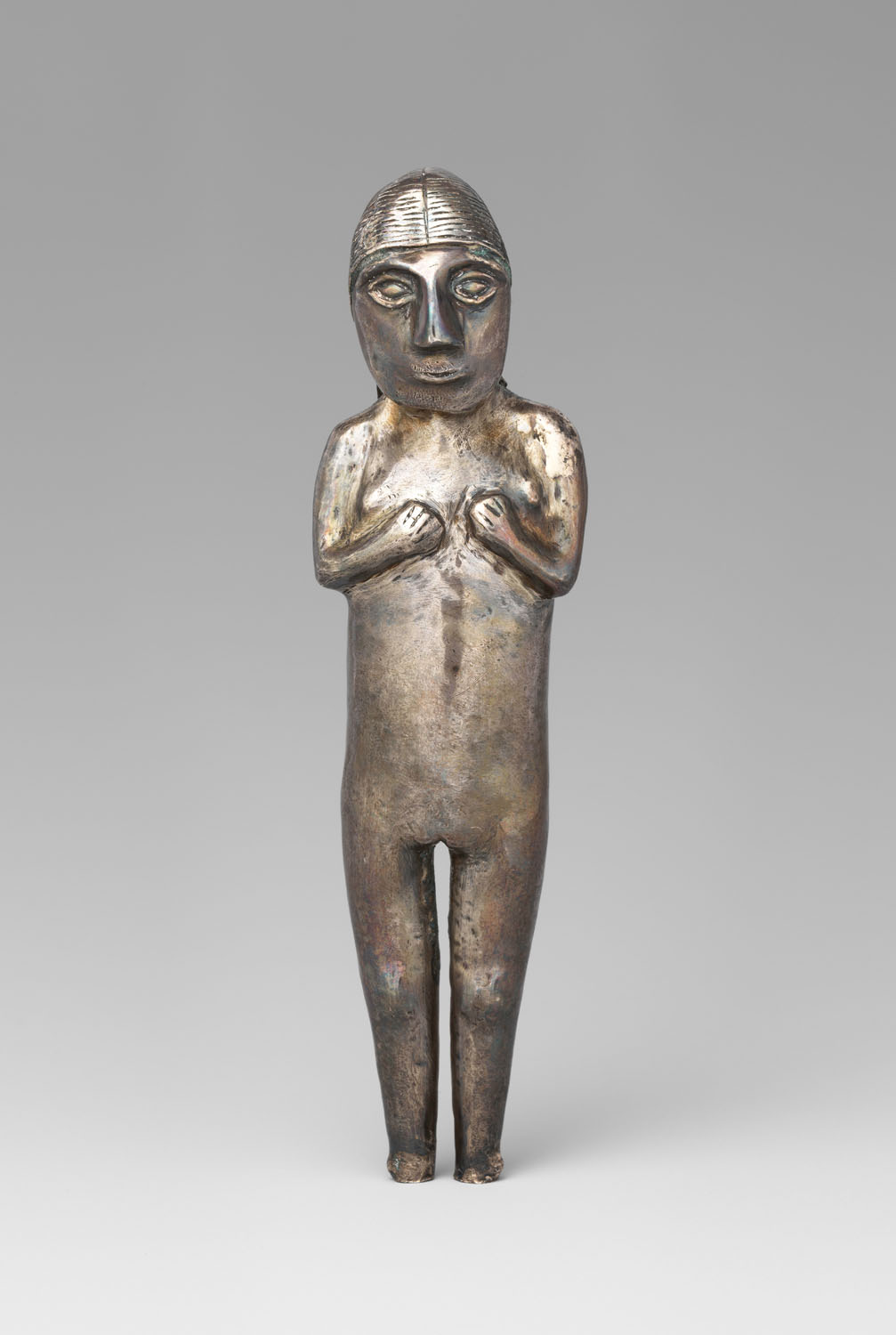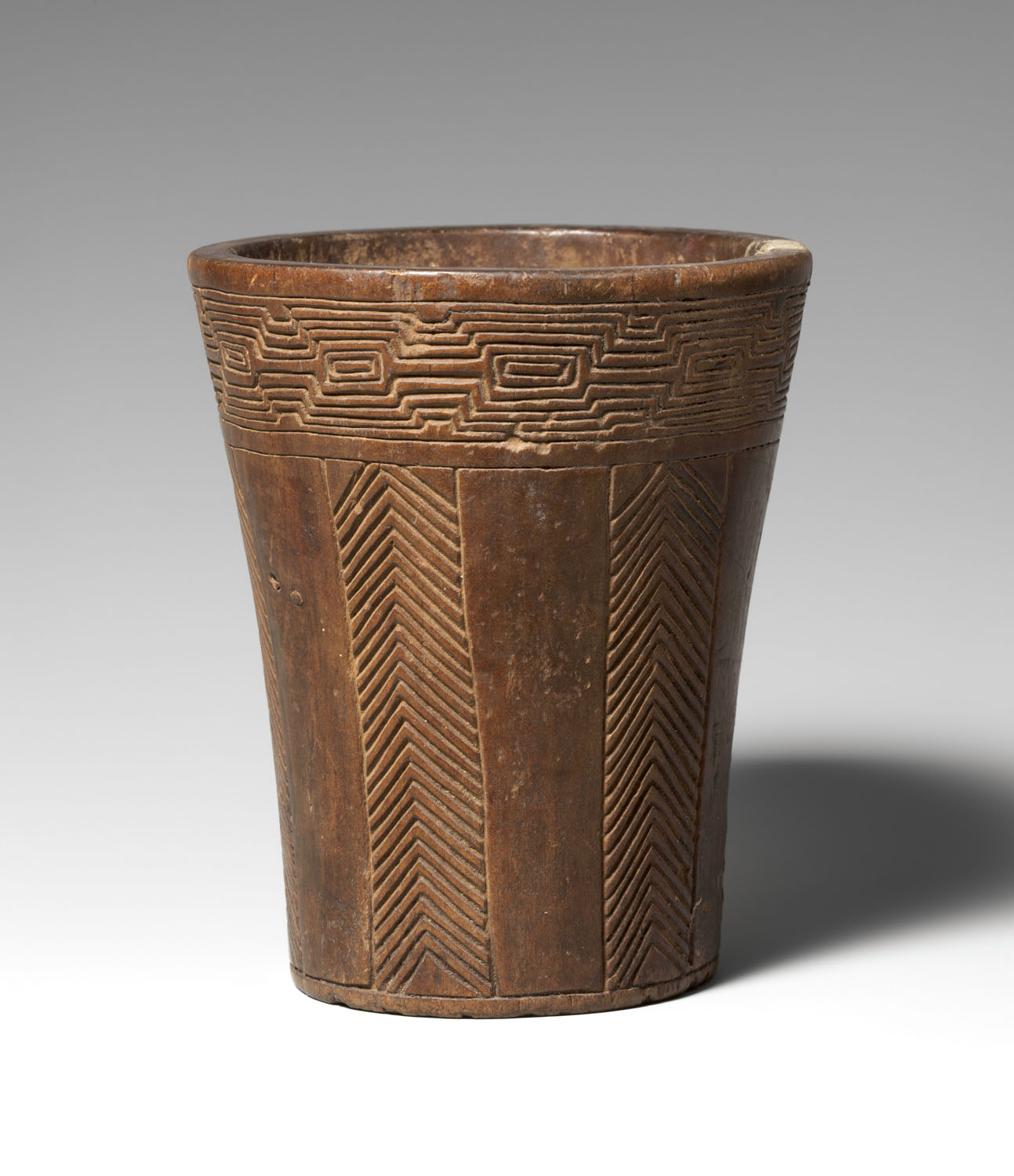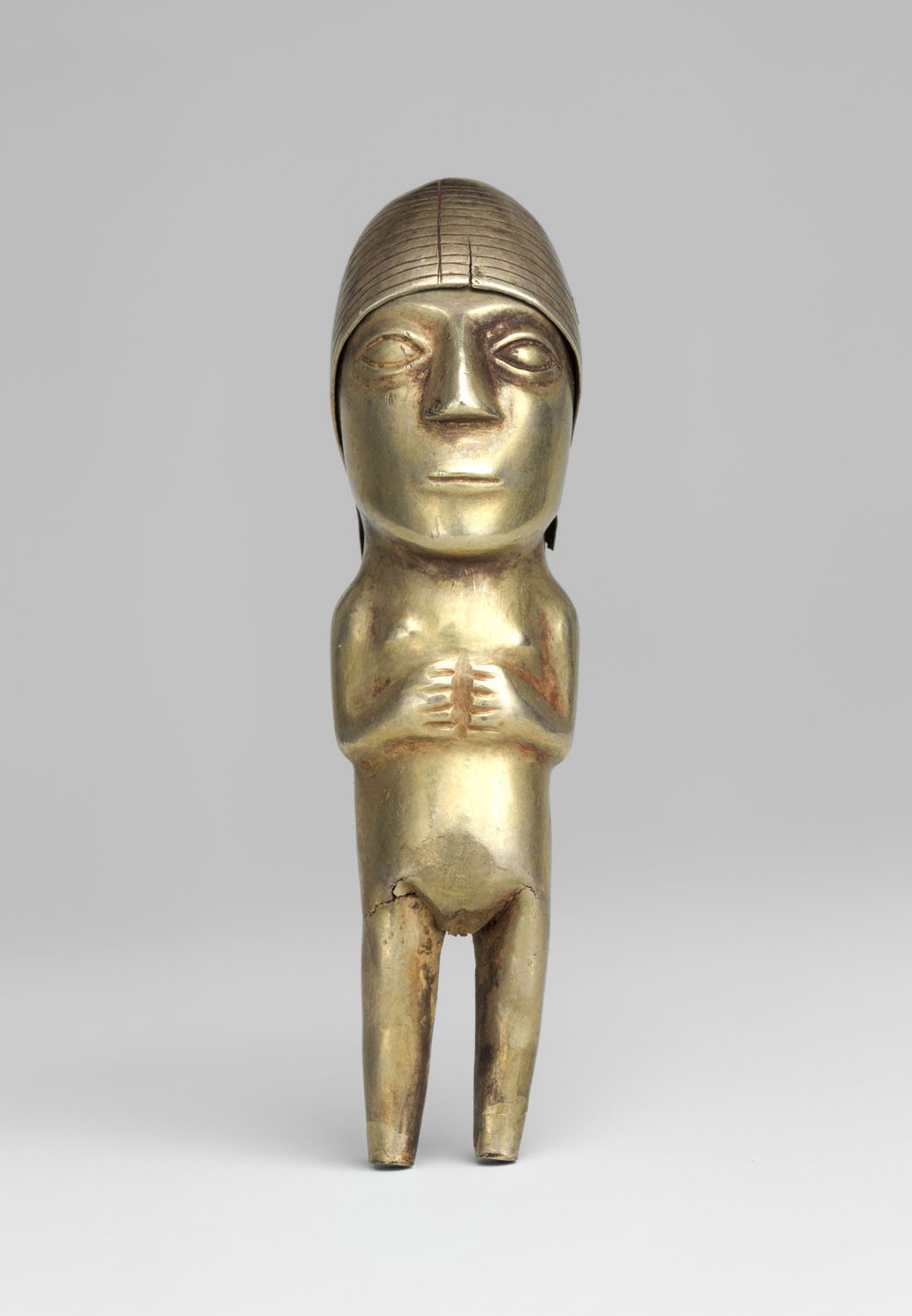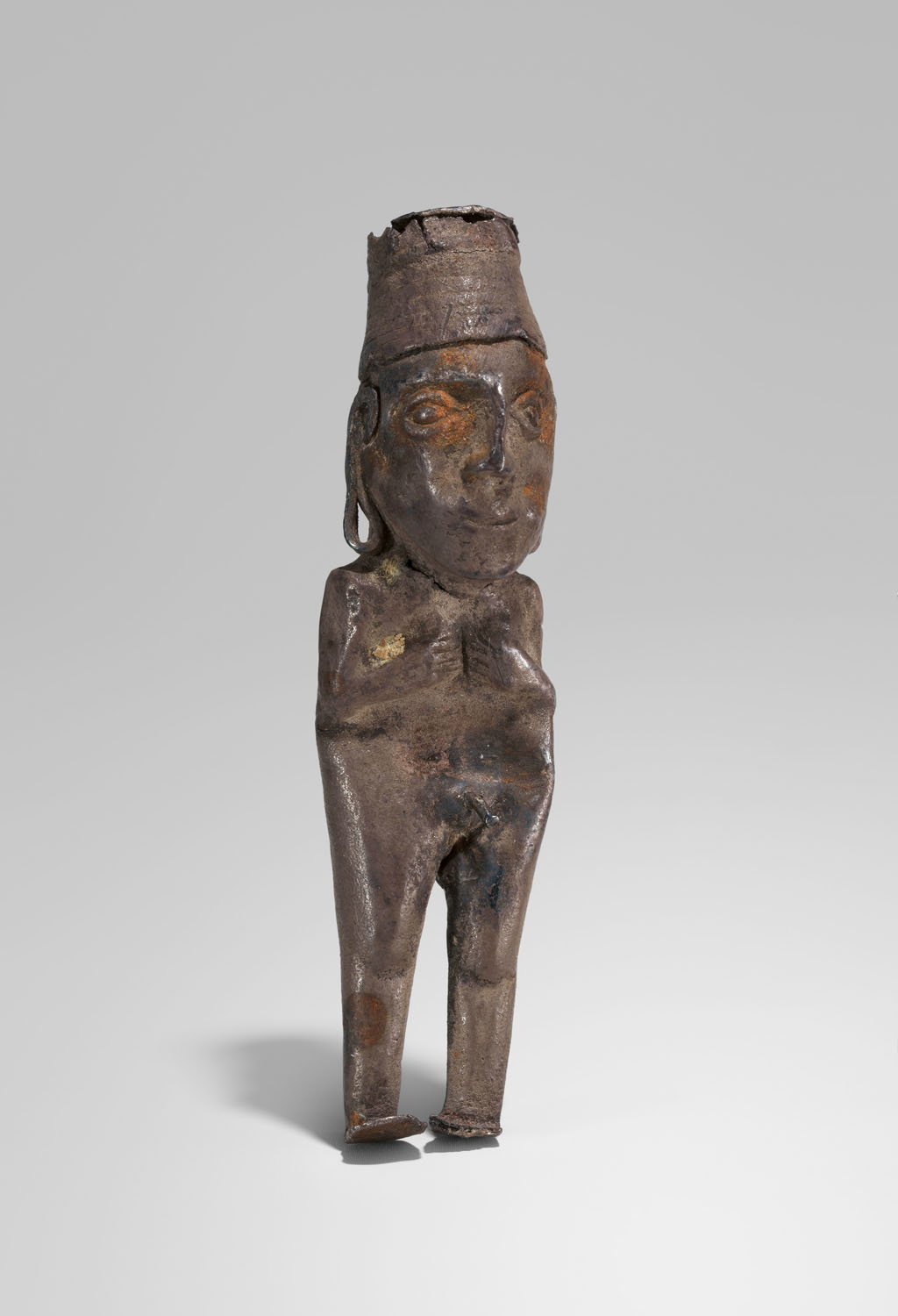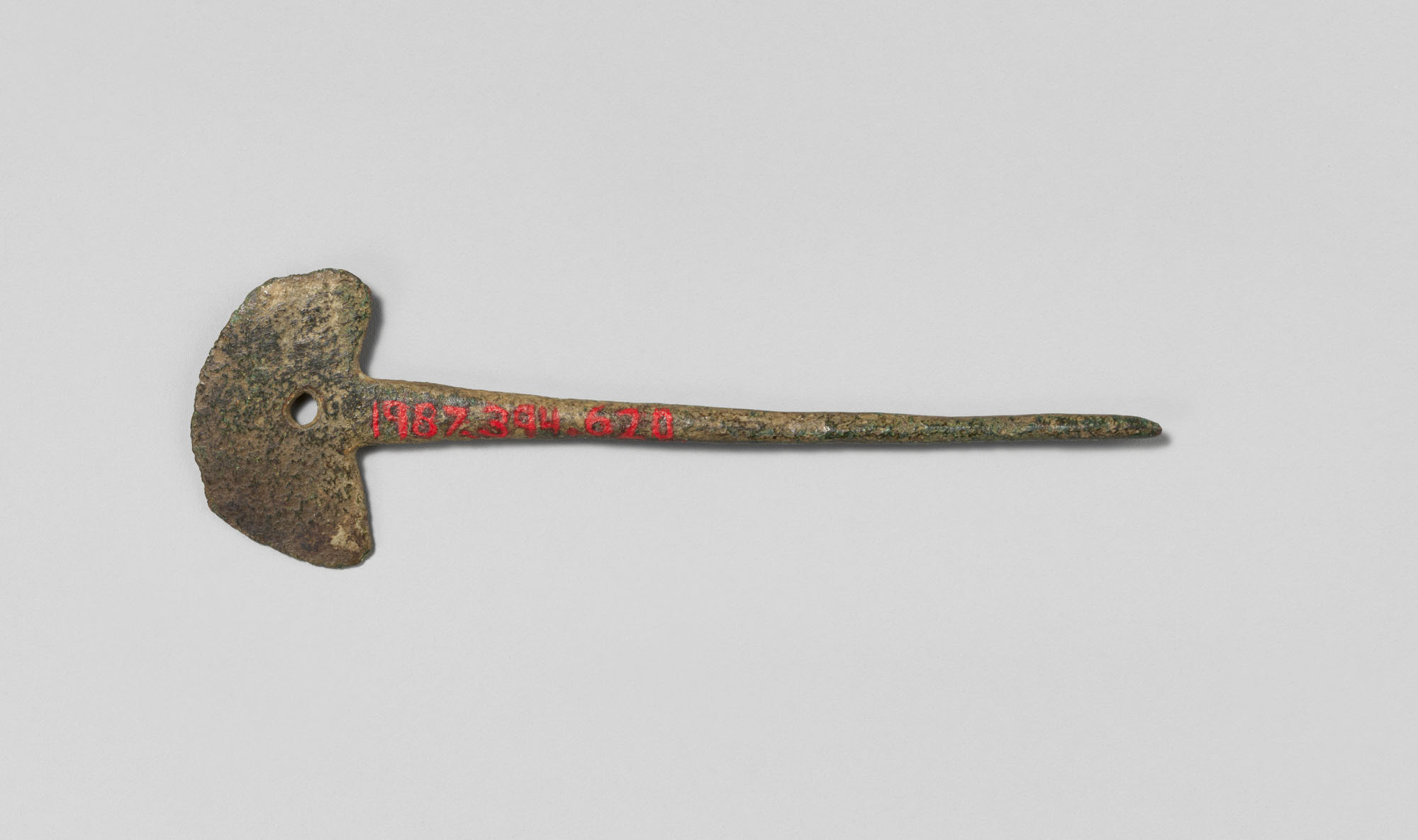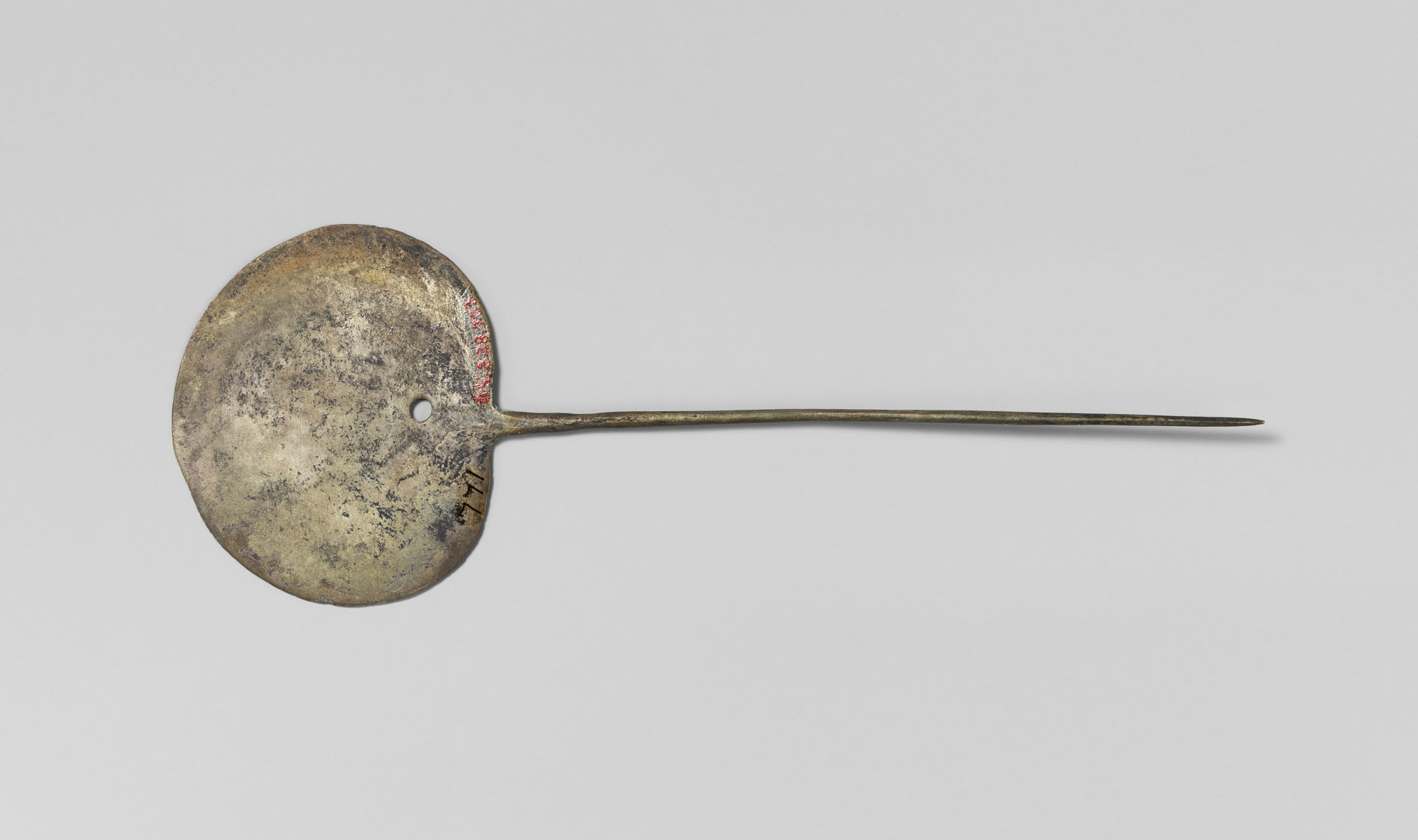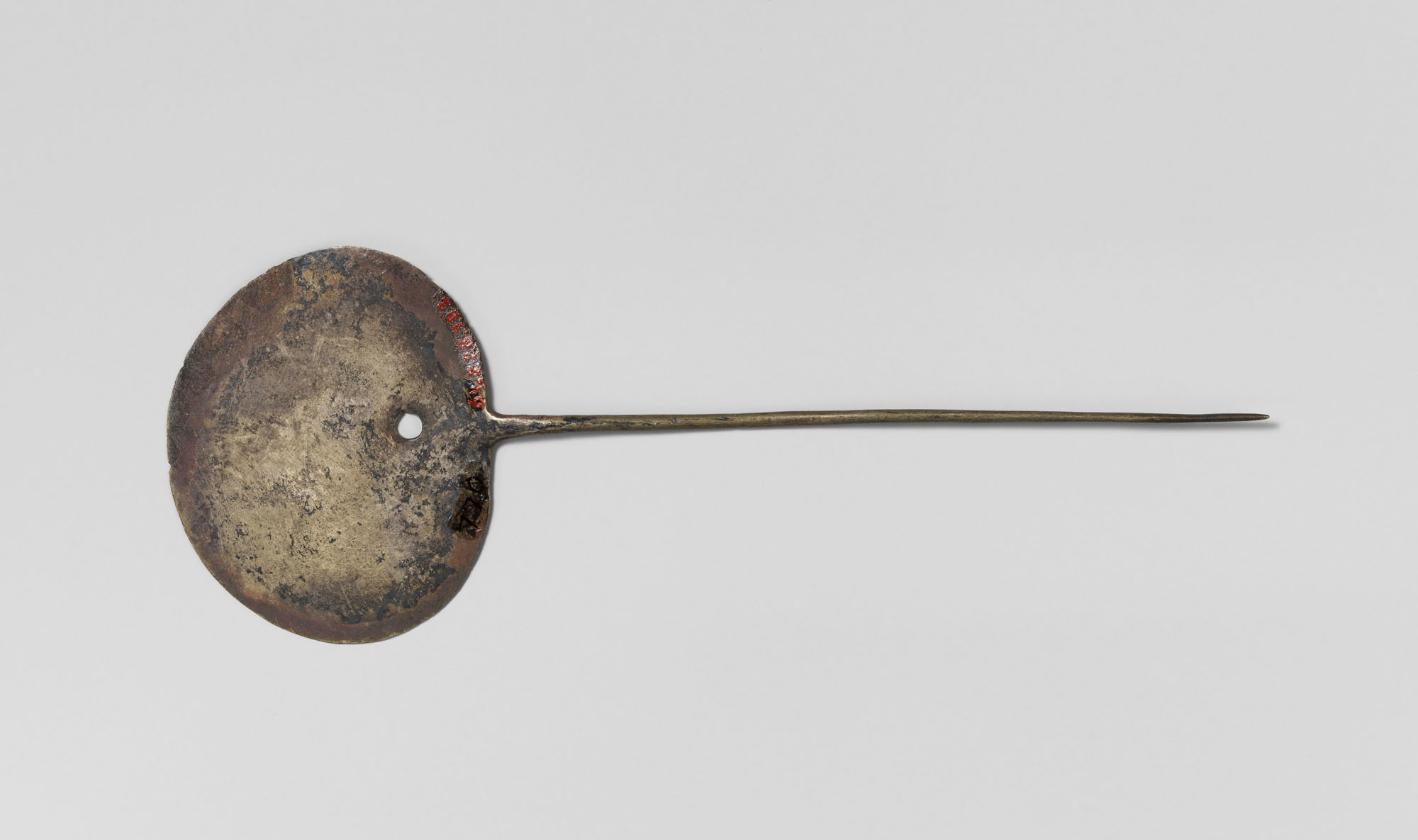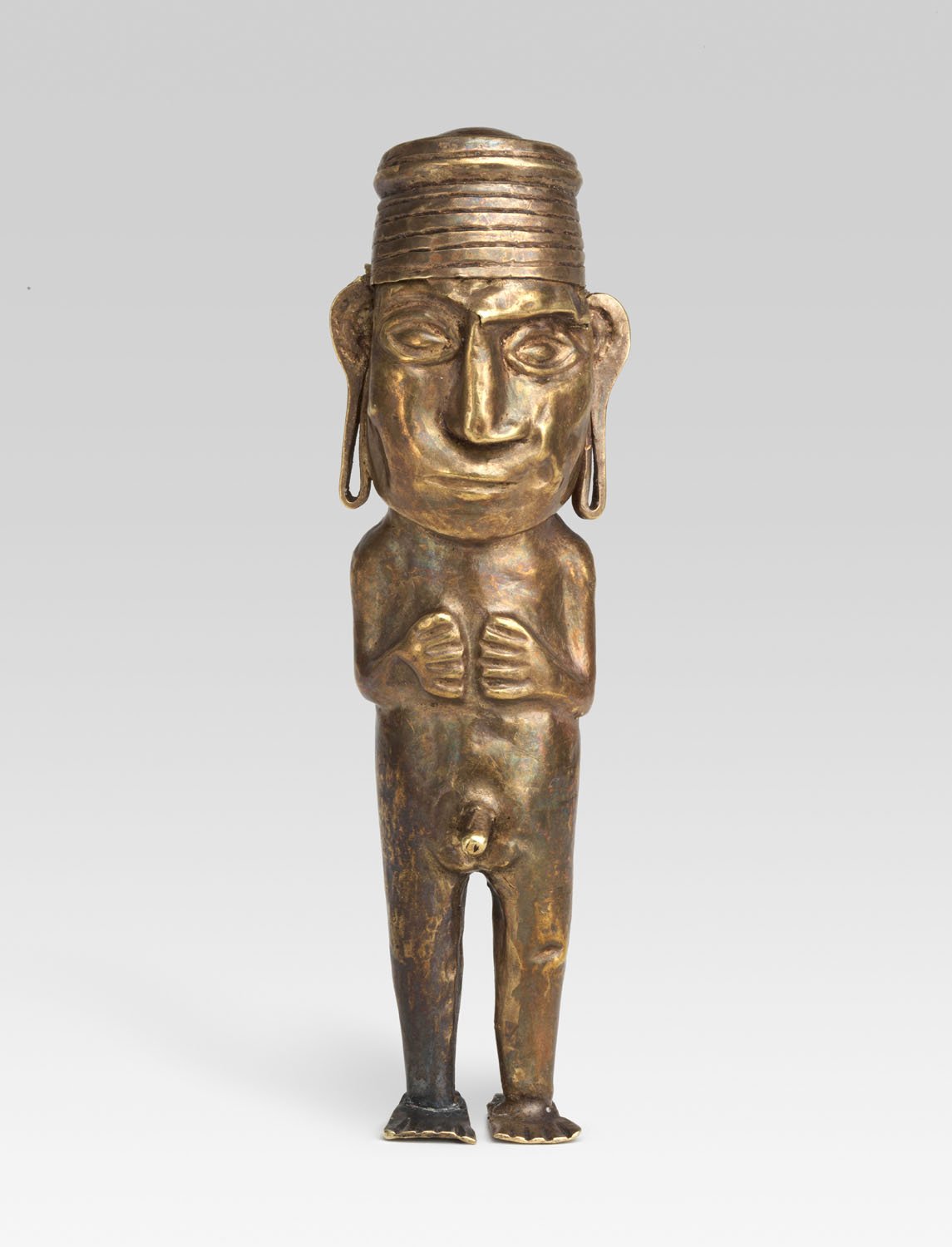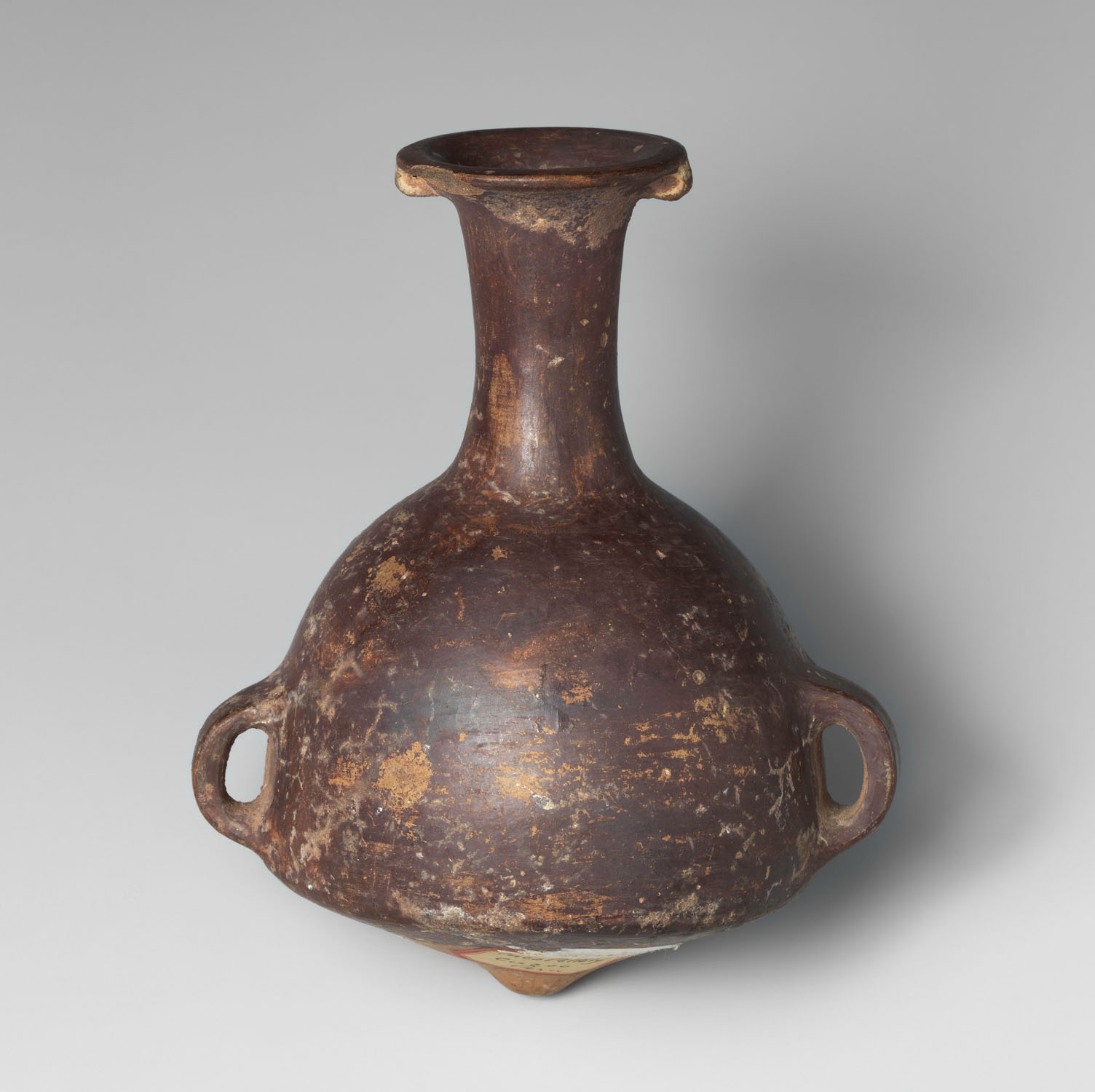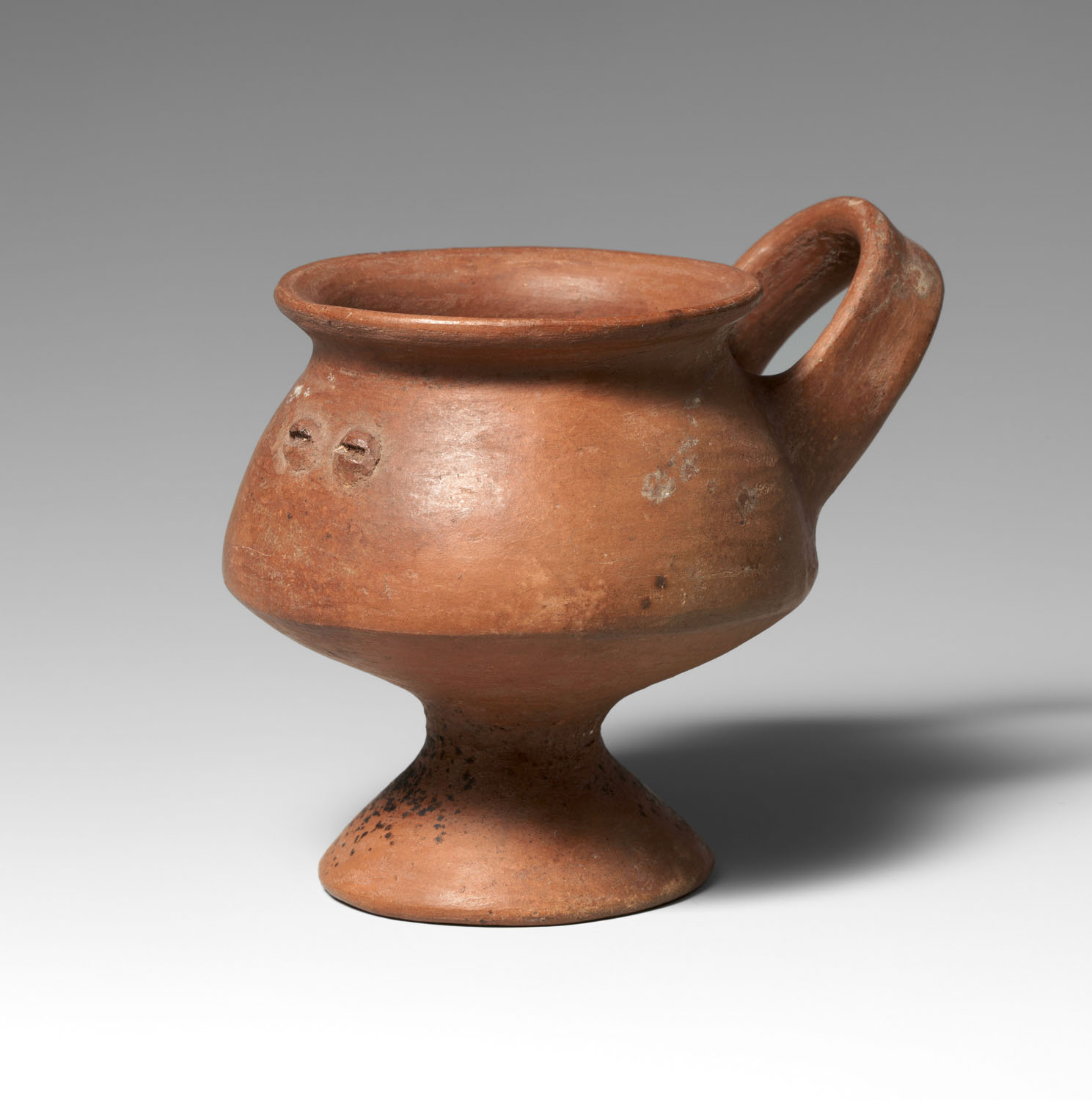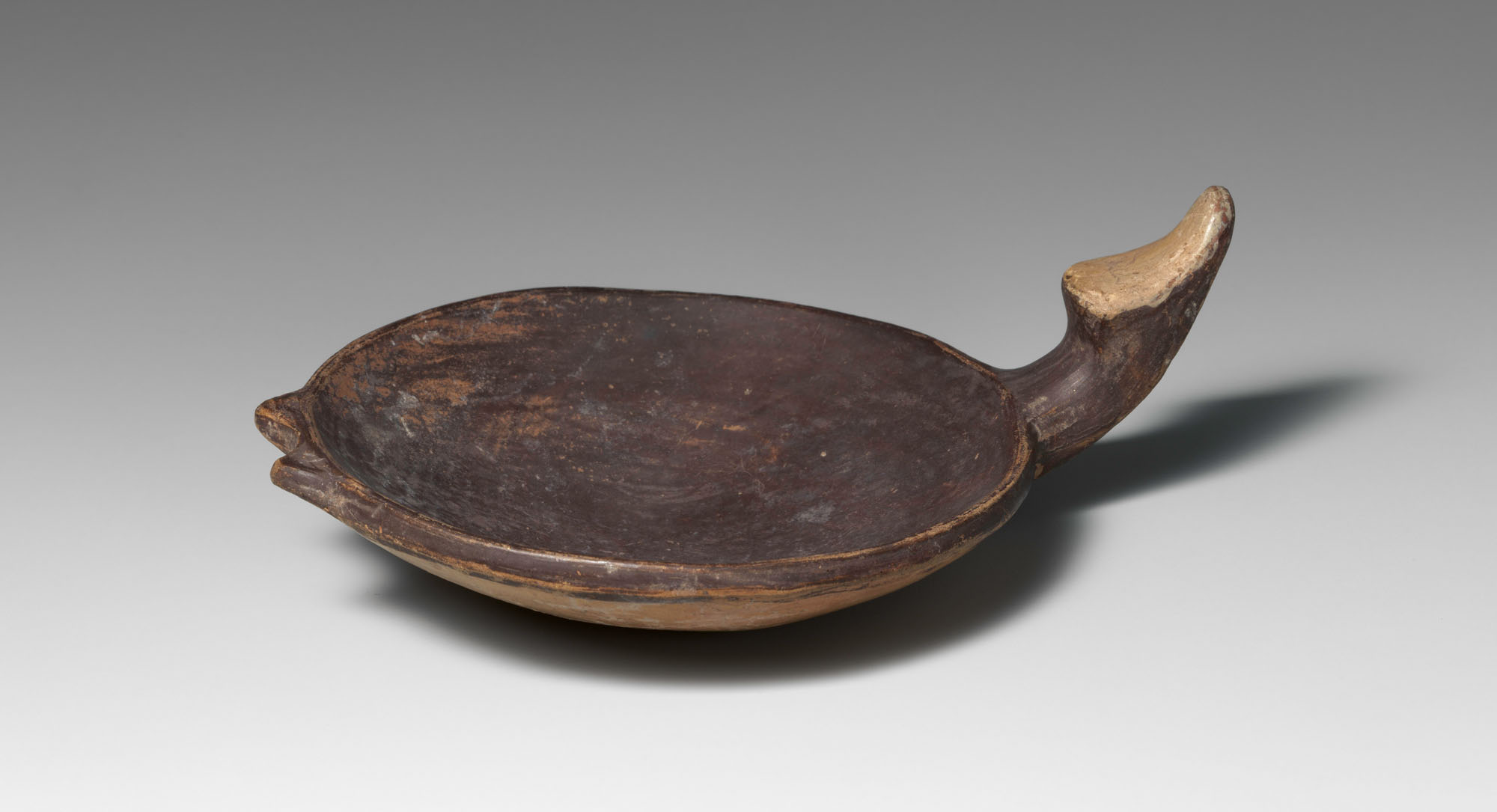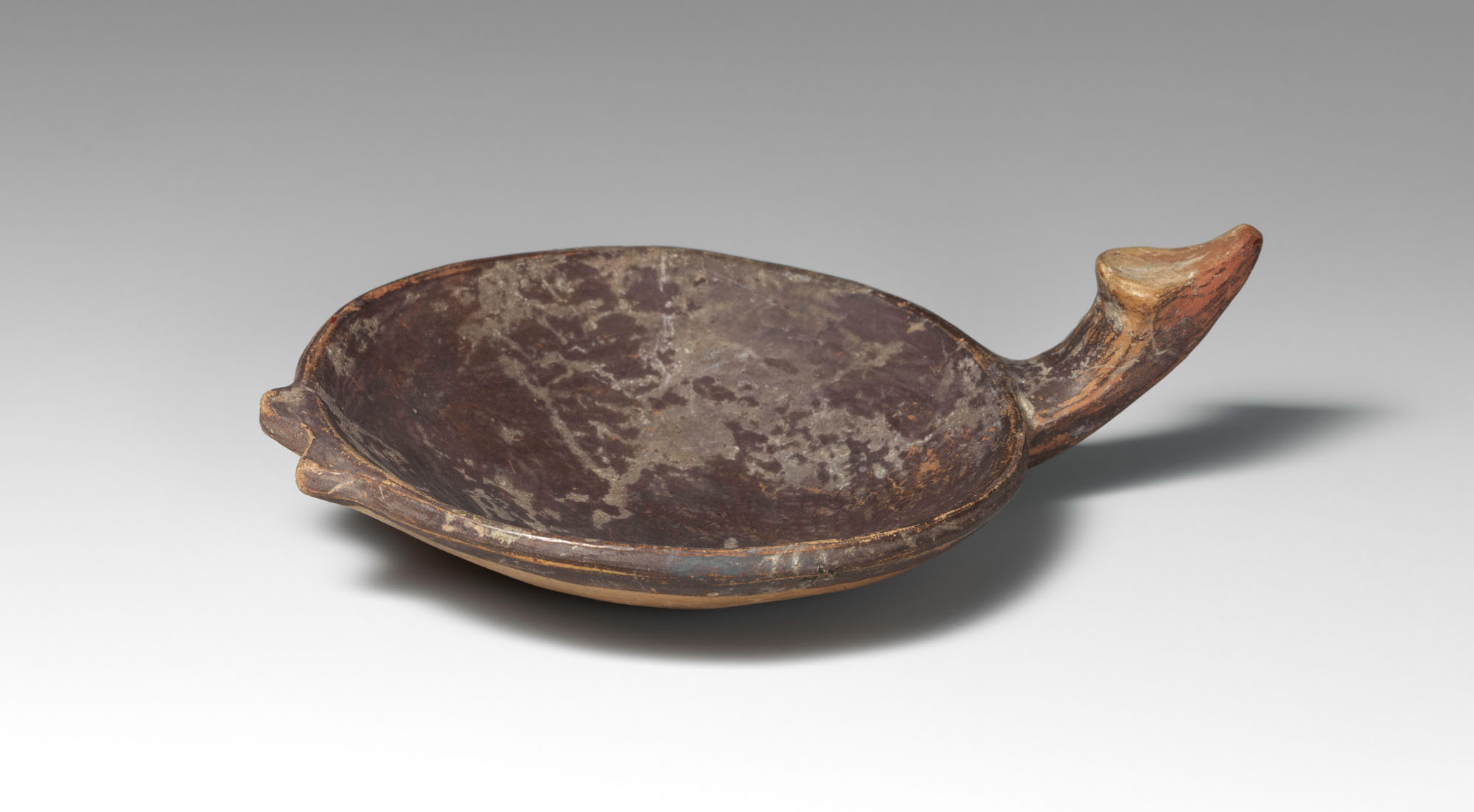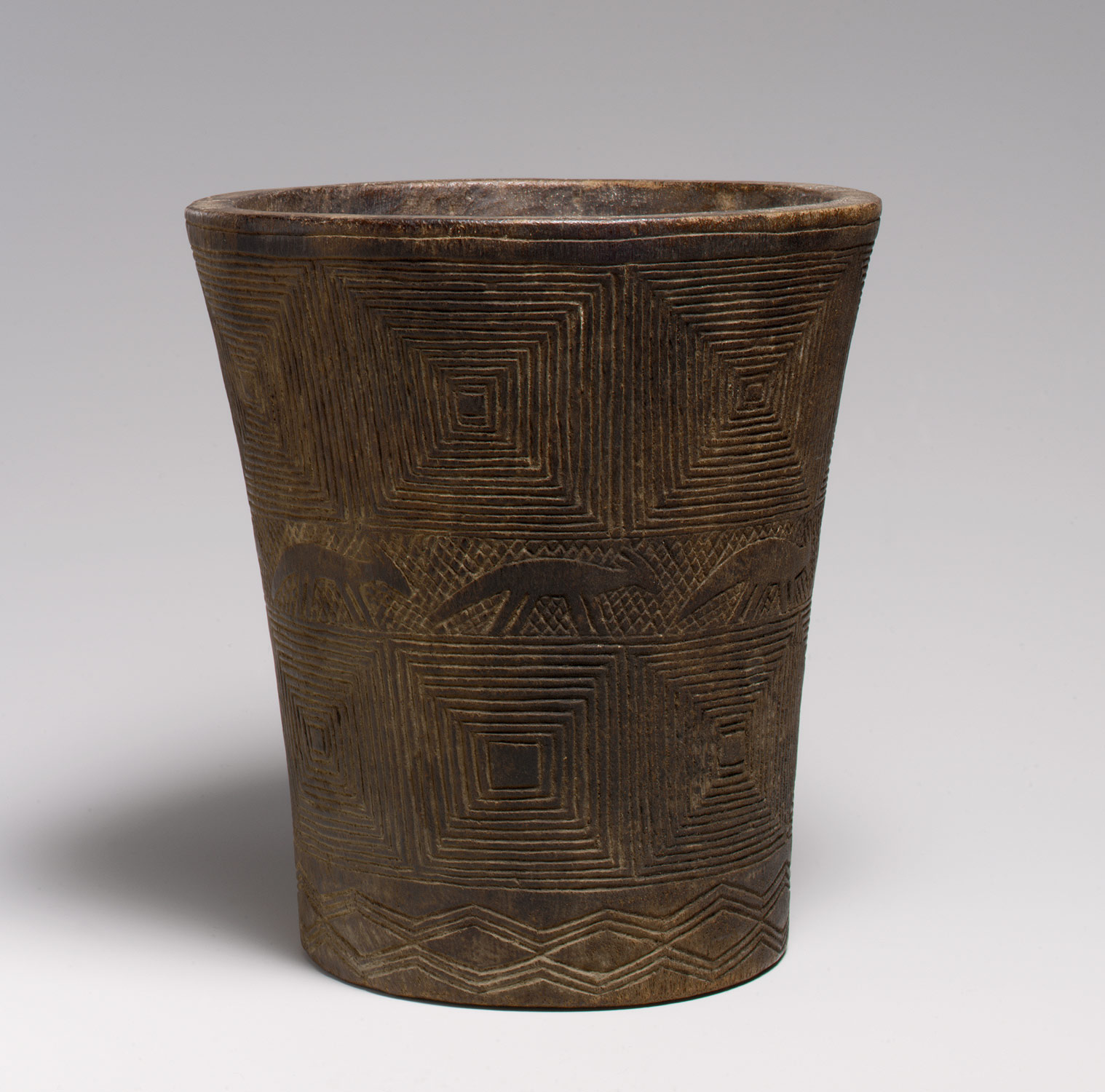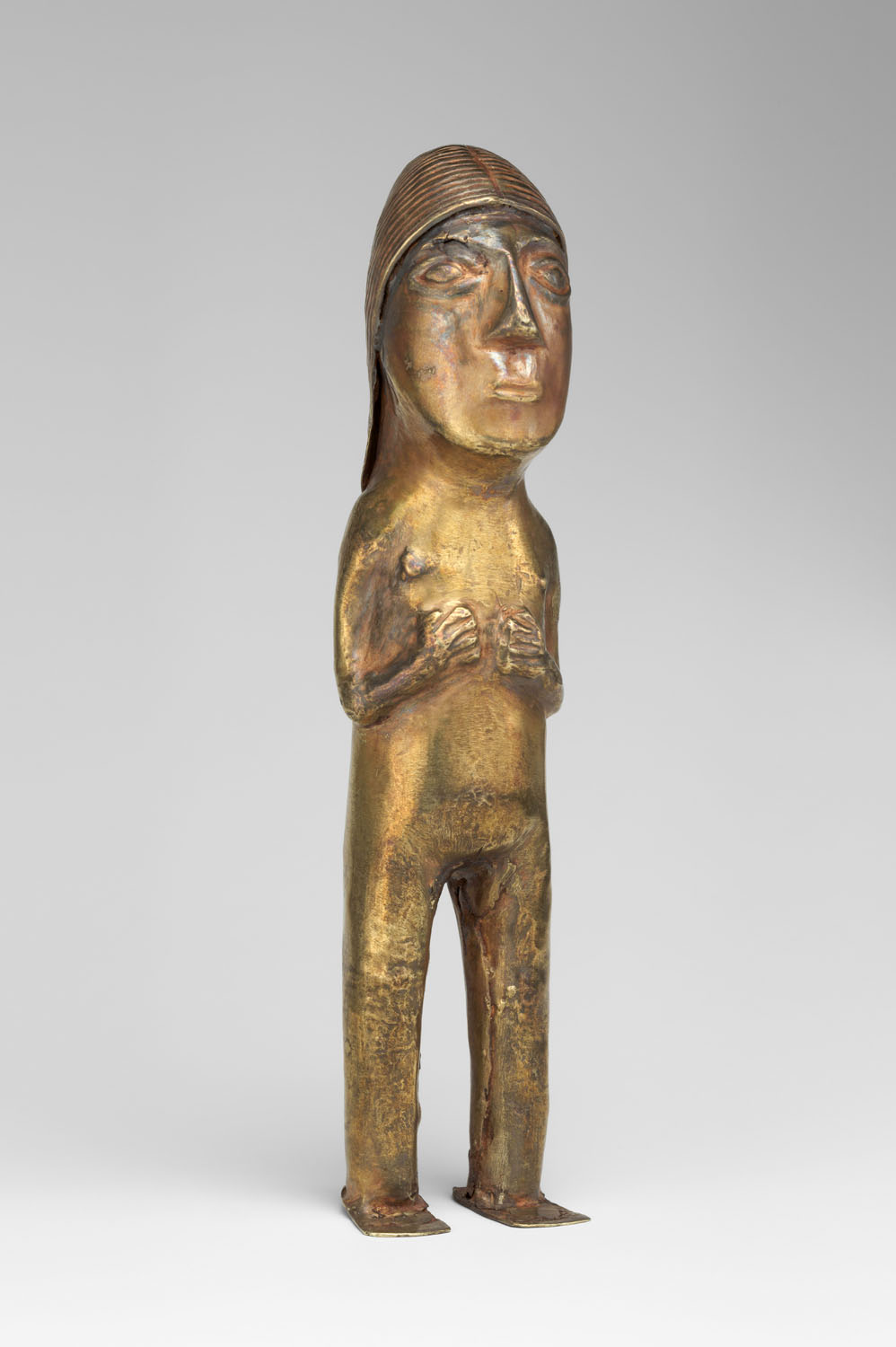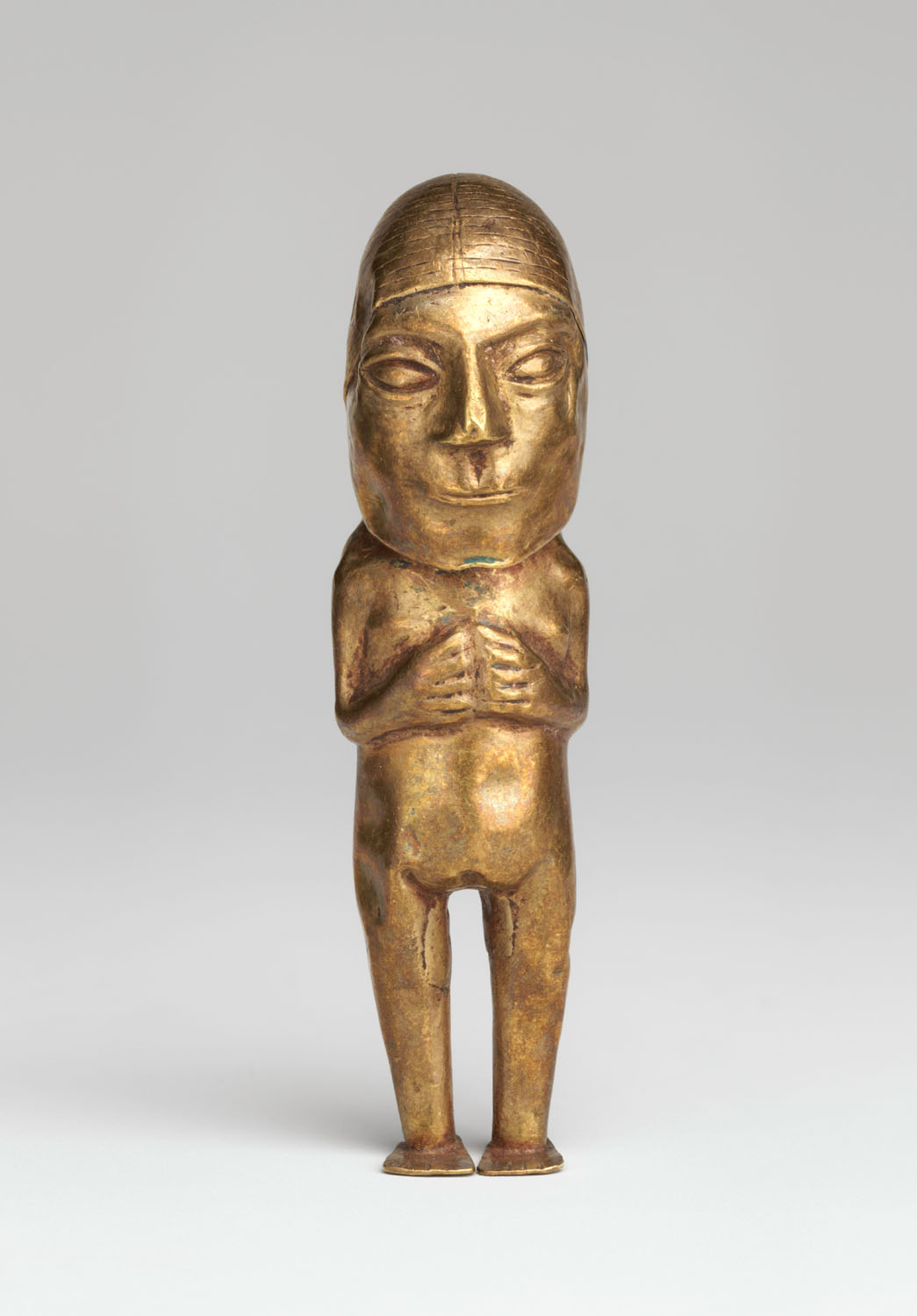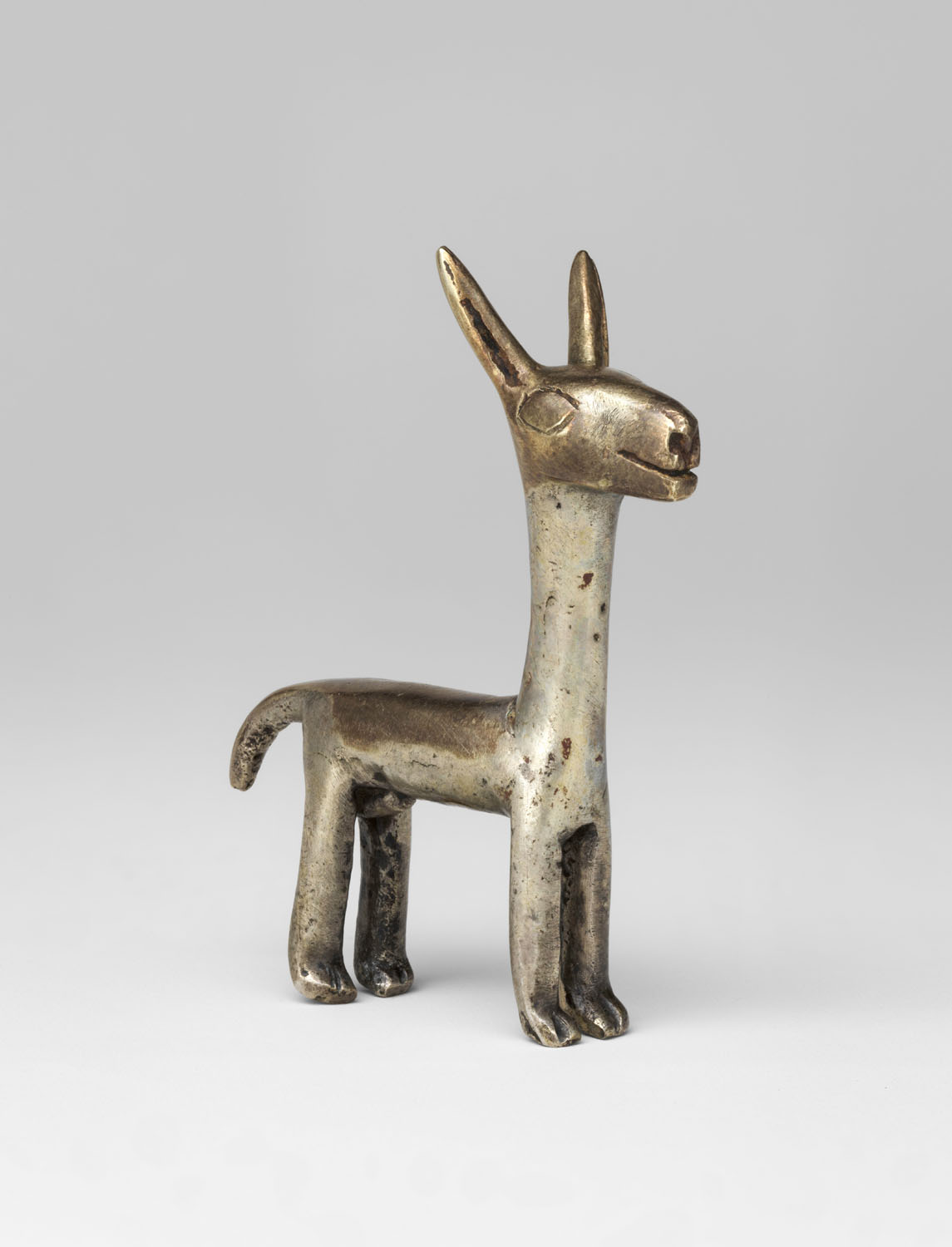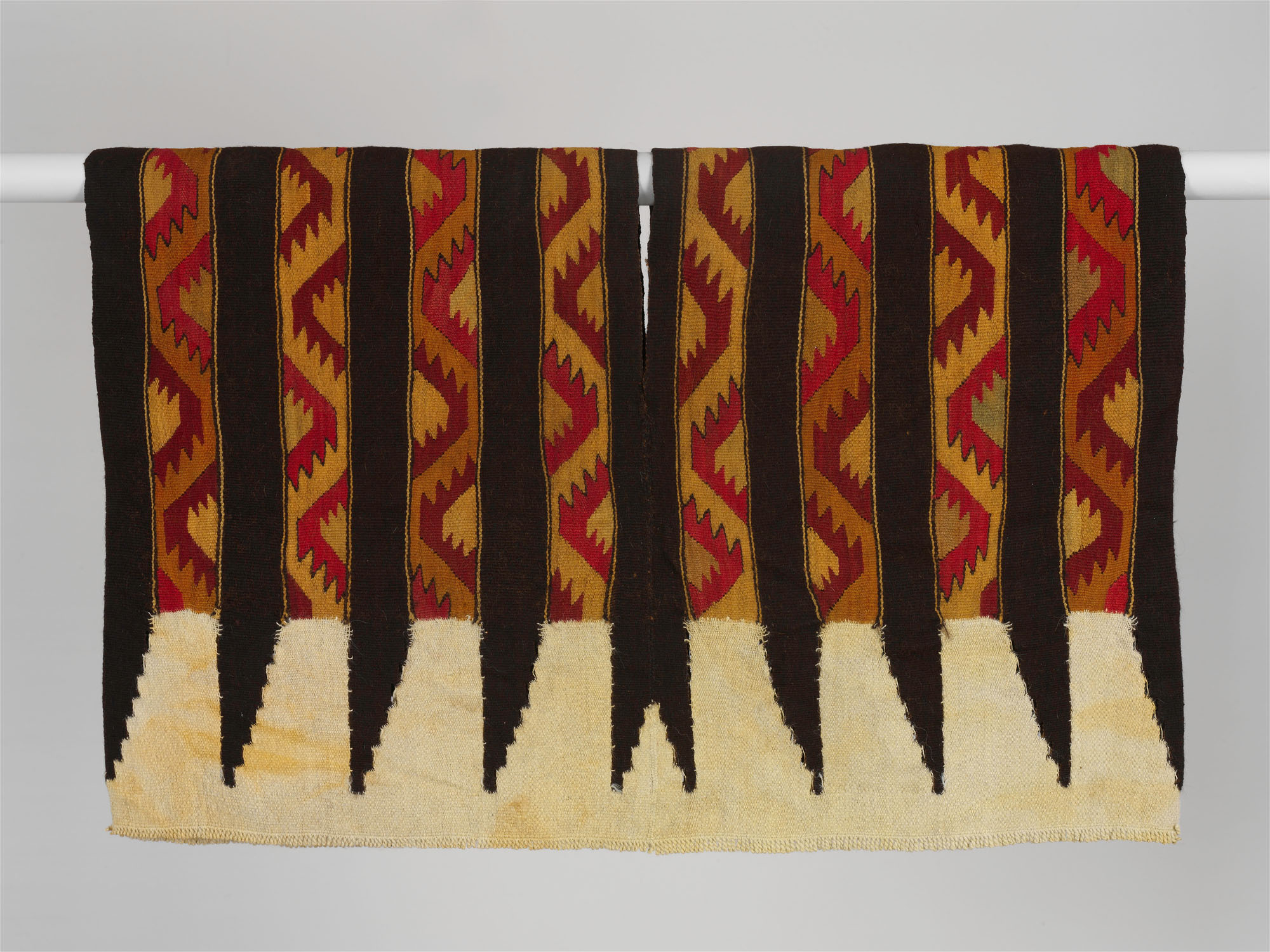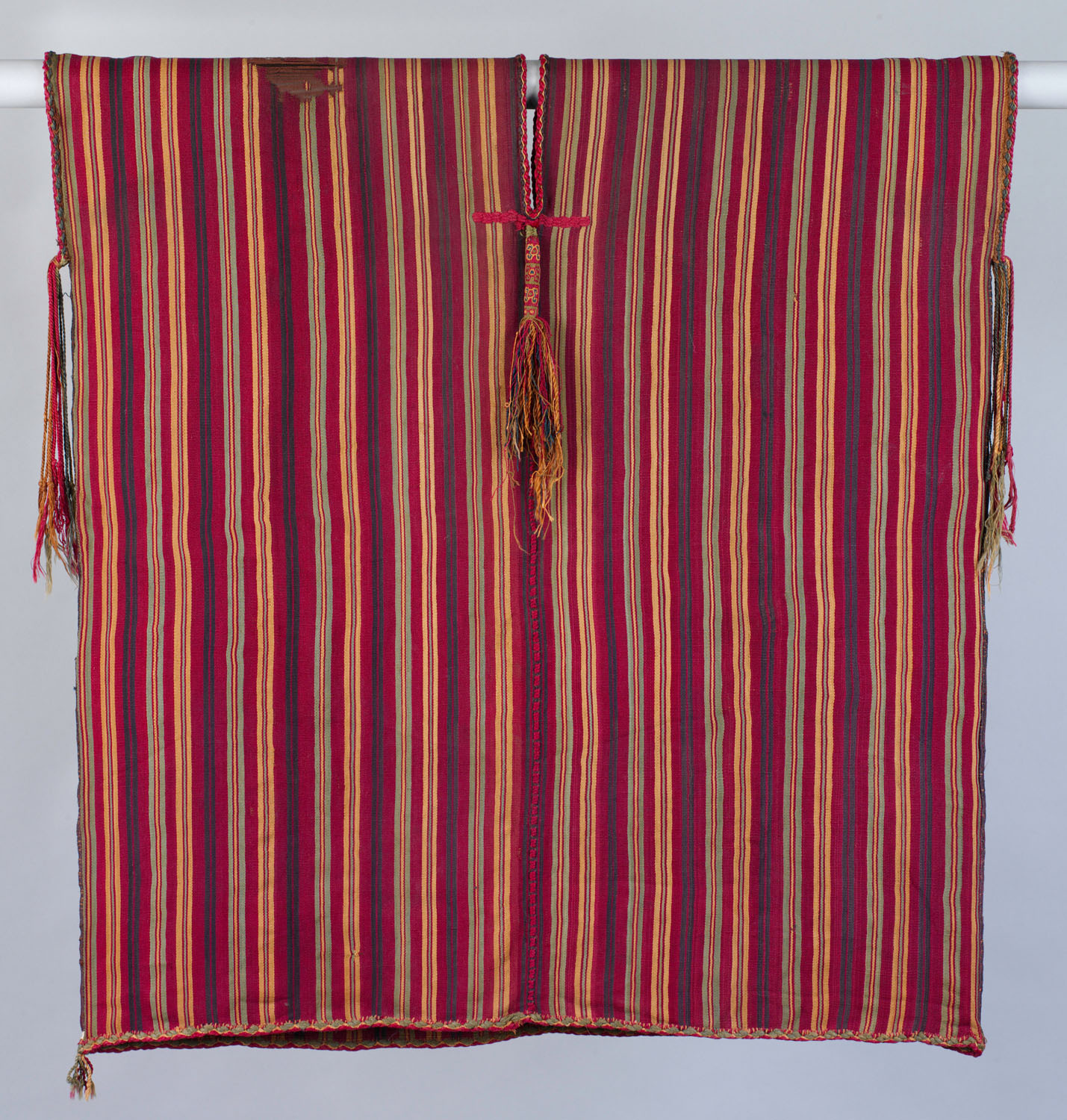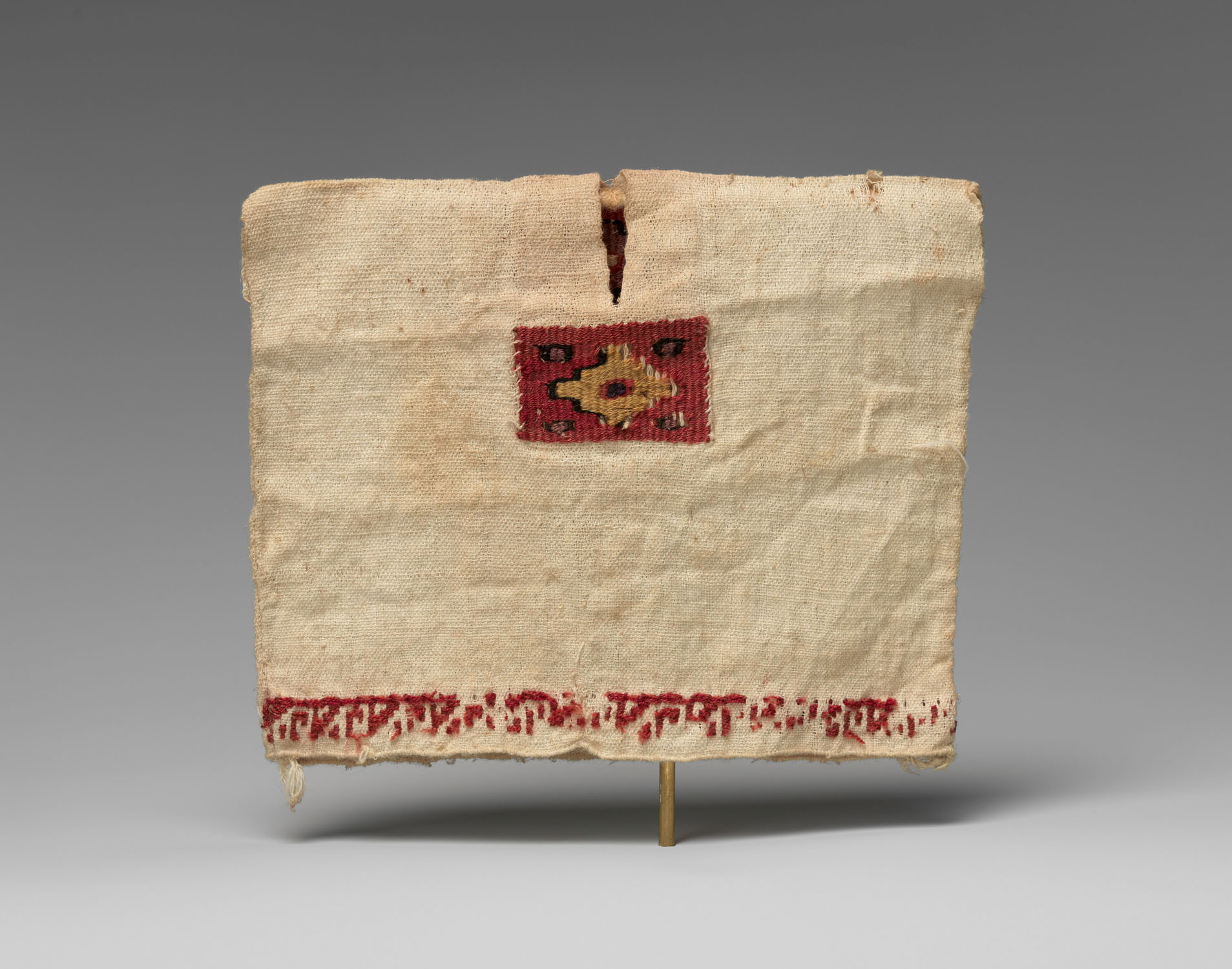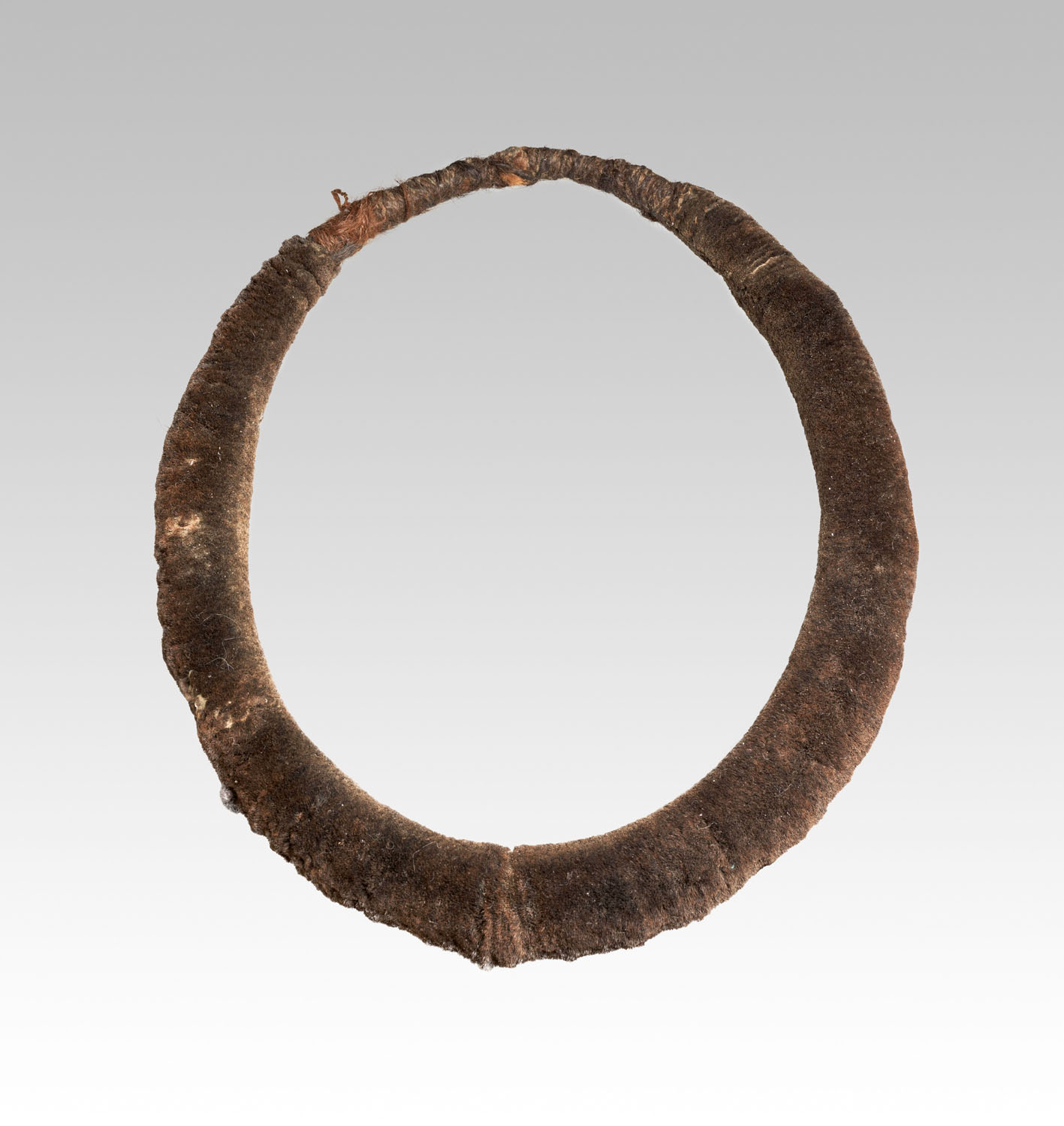By the mid-fifteenth century, the Inca people dominate the Cuzco Valley. In less than 100 years, two exceptionally talented military leaders succeed in bringing large territories to the north and south of the valley under Inca control. They create the largest empire in the Precolumbian world, stretching some 3,000 miles from northern Ecuador to central Chile. Called Tawantinsuyu, “land of the four parts,” the empire has Cuzco at its heart located at 11,000 feet in the high Andes. It is made up of a loose confederation of ethnic groups linked to Cuzco through conquests, alliances, and kinship ties. To manage this vast land of remarkable geographic contrasts and striking ethnic diversity, and to redistribute its wealth of natural resources, the Inca expand existing systems. Sophisticated engineering projects—roads, irrigation systems, and agricultural terraces—and political, economic, and social mechanisms traditional to Andean peoples are used. Many conquered regions are ruled locally under Inca supervision and local languages continue to be spoken. The Inca’s Quechua is the prestigious language of the administration. The Inca solar cult becomes the state religion. In art and architecture, a homogeneous imperial Inca style—developed in the Cuzco area—is introduced throughout the realm. Coexisting with local traditions, the style is characterized by simple, elegant forms, balanced proportions, and abstract, geometric designs executed with superb craftsmanship.
The Inca empire is weakened by a bitter battle for succession in the 1520s when Spanish invaders arrive in Peru. Helped by disgruntled Inca subjects burdened by the growing demands of Cuzco’s rulers for labor and sumptuary goods, the Spaniards, led by Francisco Pizarro, conquer Tawantinsuyu in 1534. Decades of upheaval, destruction, intense rivalry among colonialists, and fierce resistance by the Indians follow. After almost fifty years of bloodshed and a dramatic decline of native populations, European institutions have largely replaced indigenous ones. Following the conquerors are clergymen charged with the conversion of the Indians to the Catholic faith, and large numbers of Spaniards, attracted by accounts of fabulous wealth in gold and silver. They found new cities with markets, Catholic churches and monasteries, and elegant mansions for the new elite. The Spaniards bring with them European artworks, particularly paintings, prints, and sculptures, which are used to instruct indigenous artists in the new European imagery and aesthetics. Art is produced primarily for the Catholic church and wealthy European patrons.
